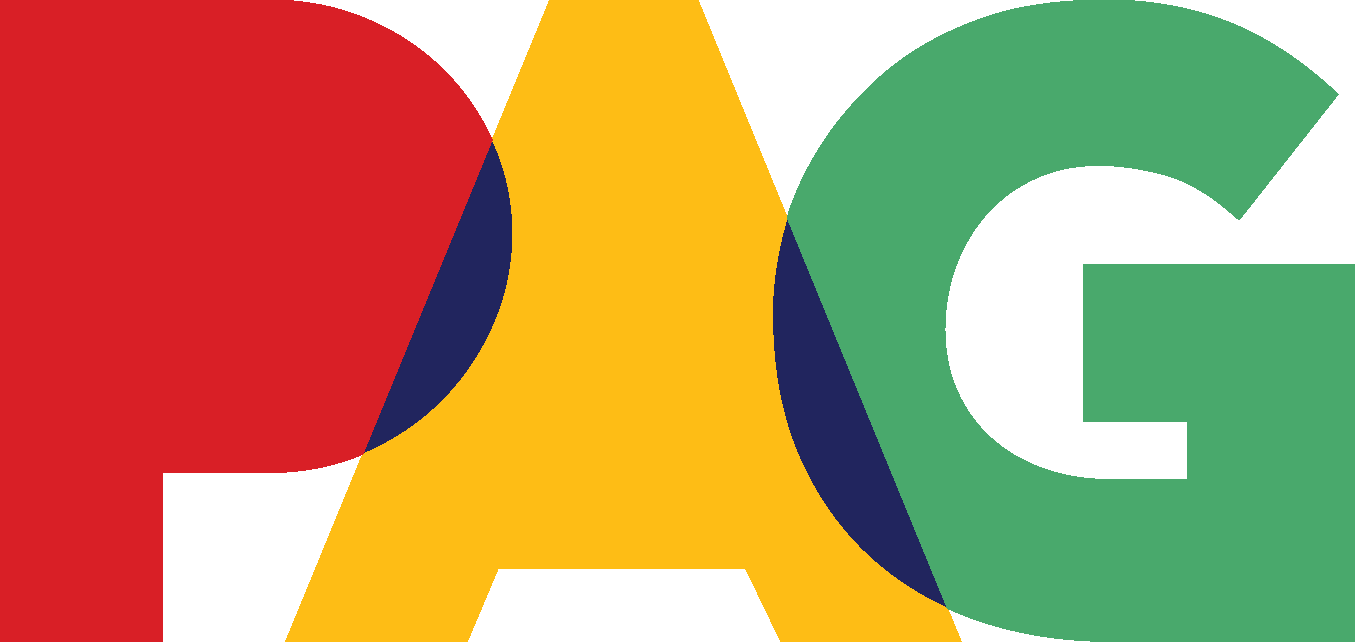To Talk With Others
September 18th, 2020 -November 7th, 2020
Main Gallery
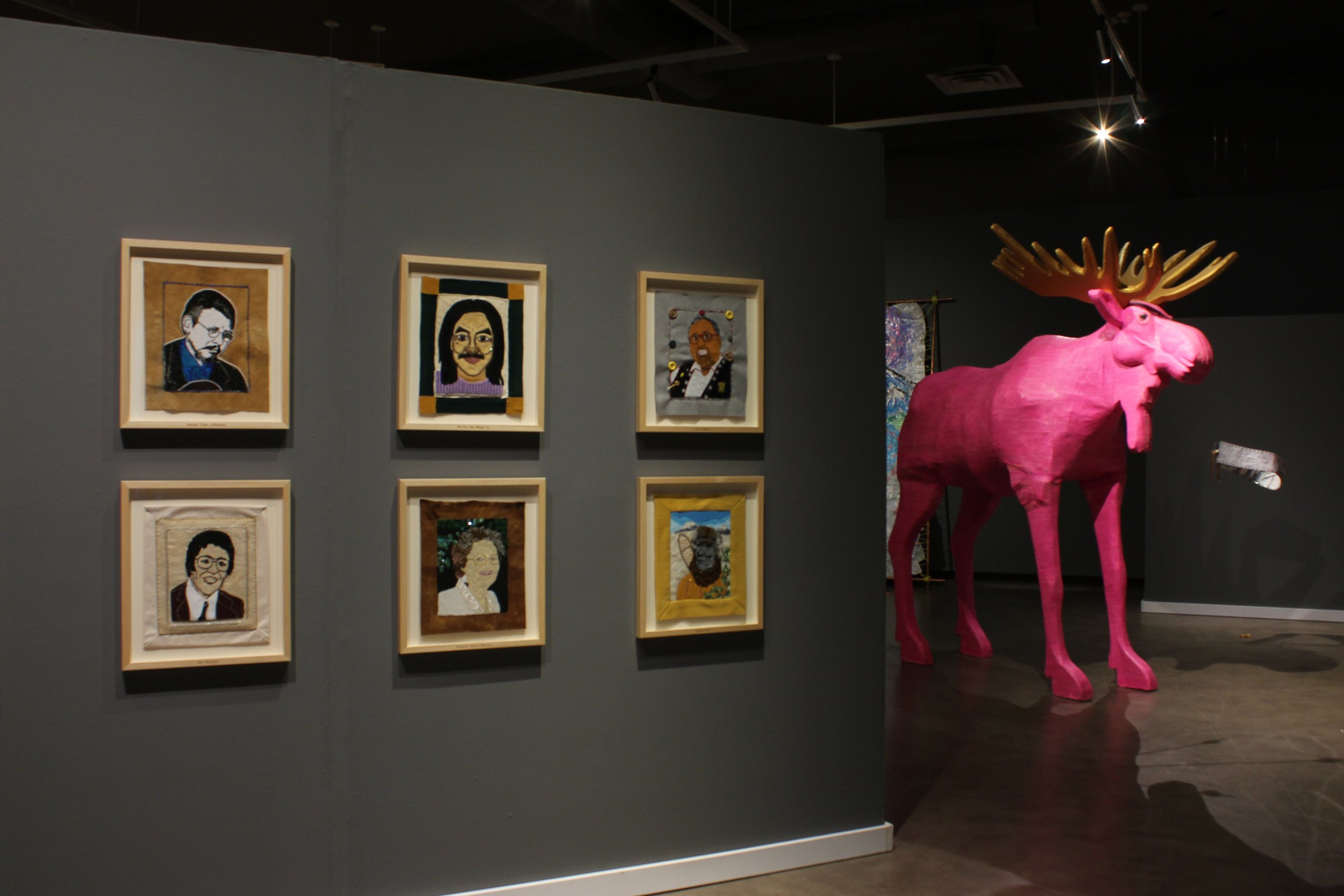
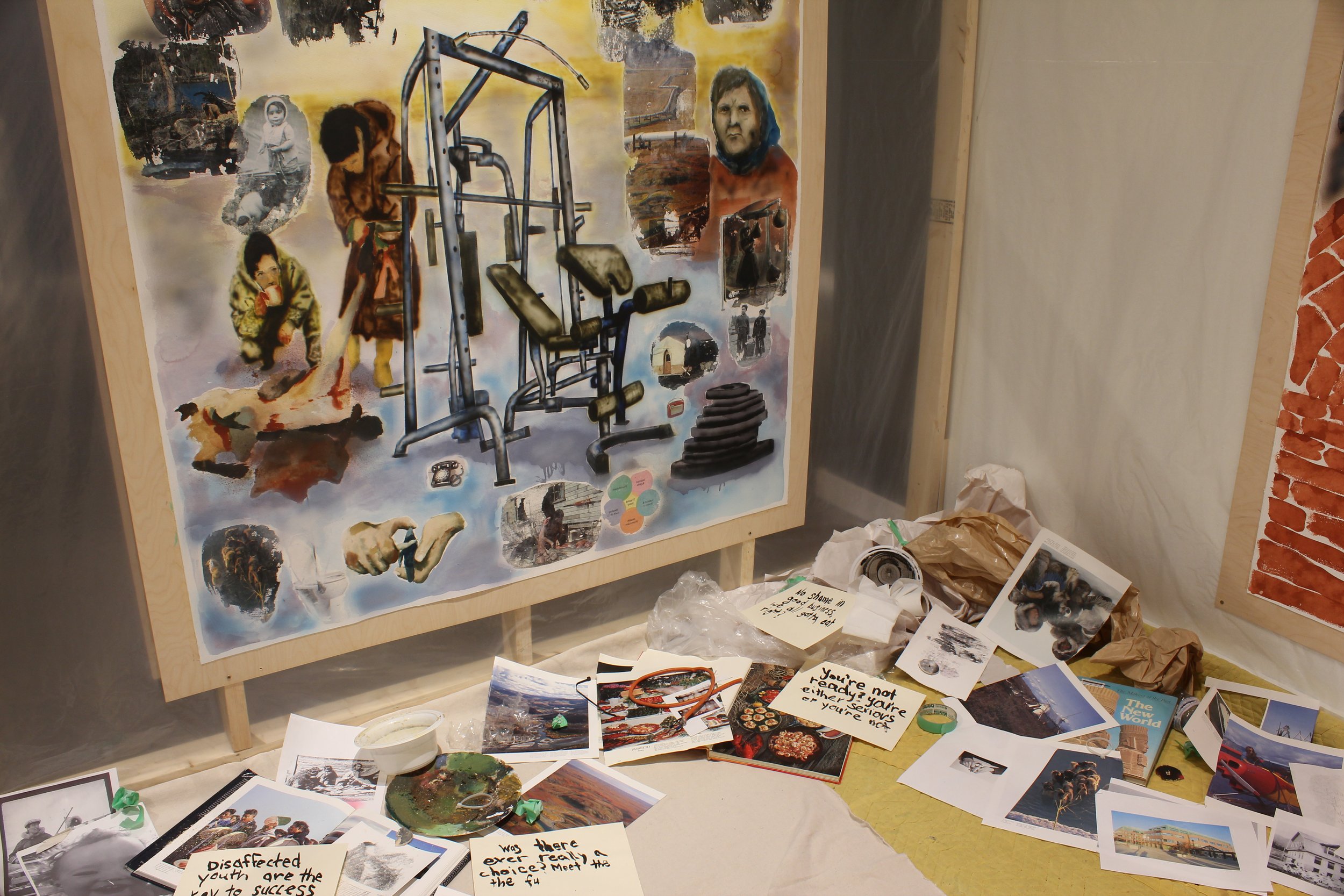

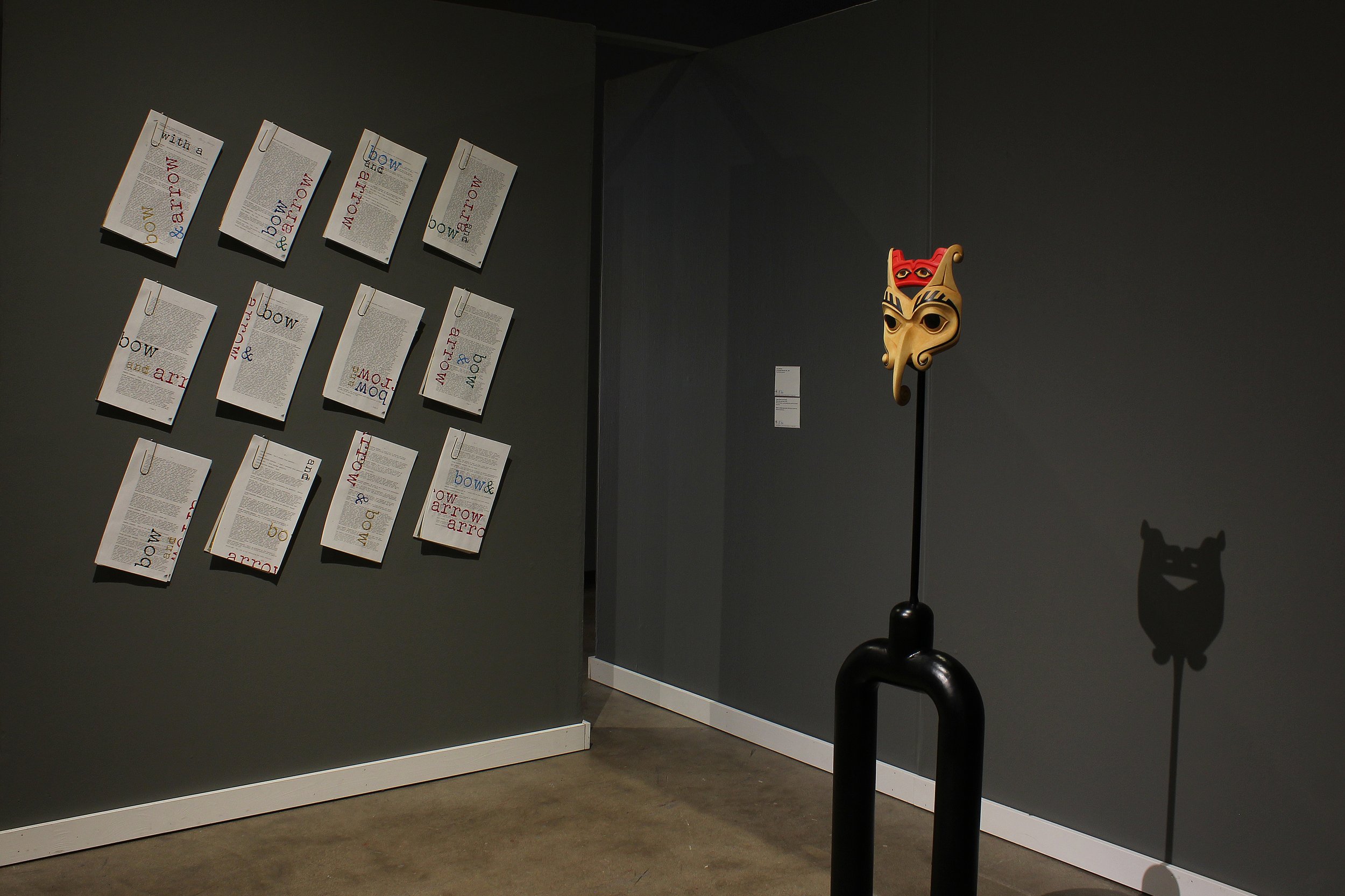
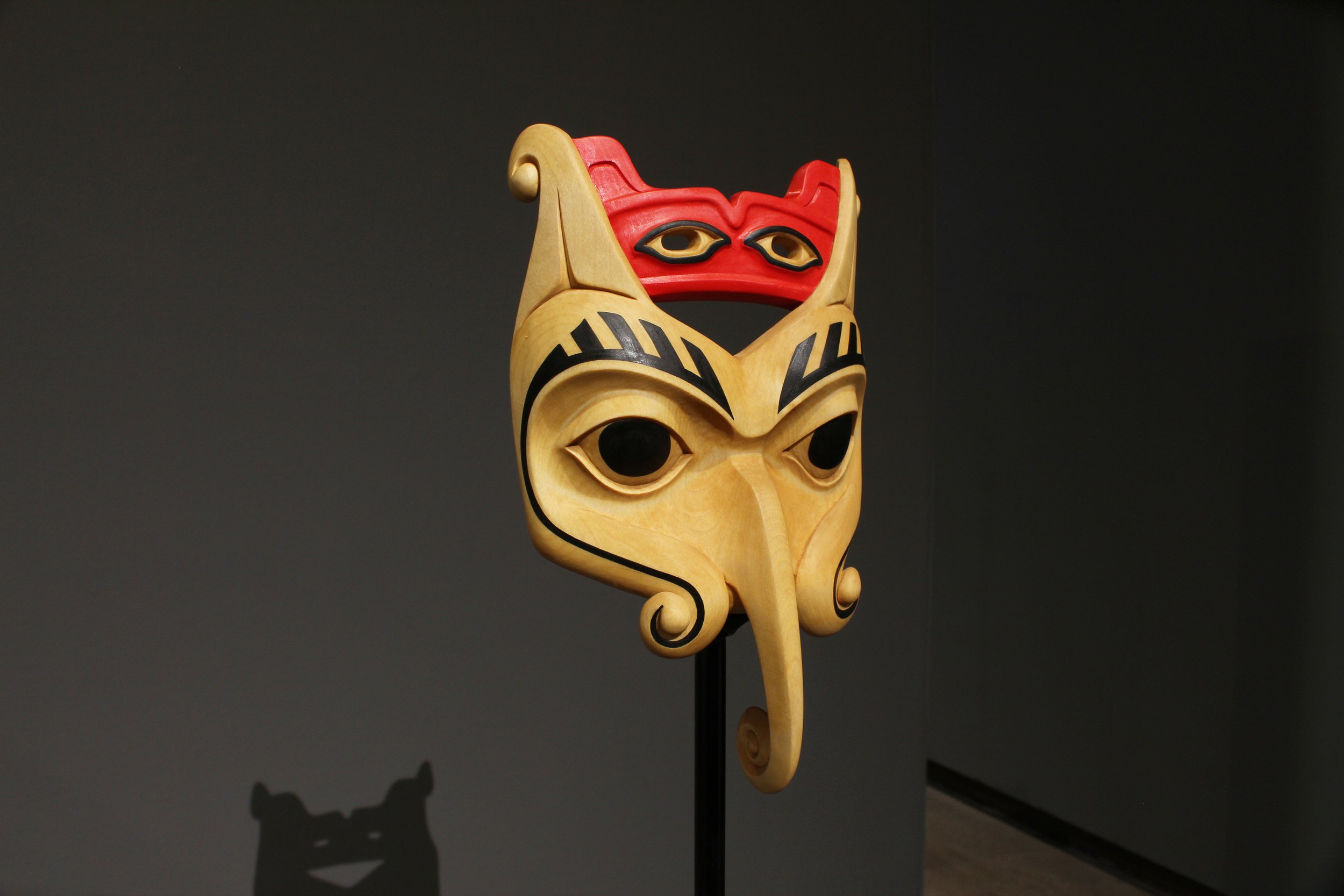
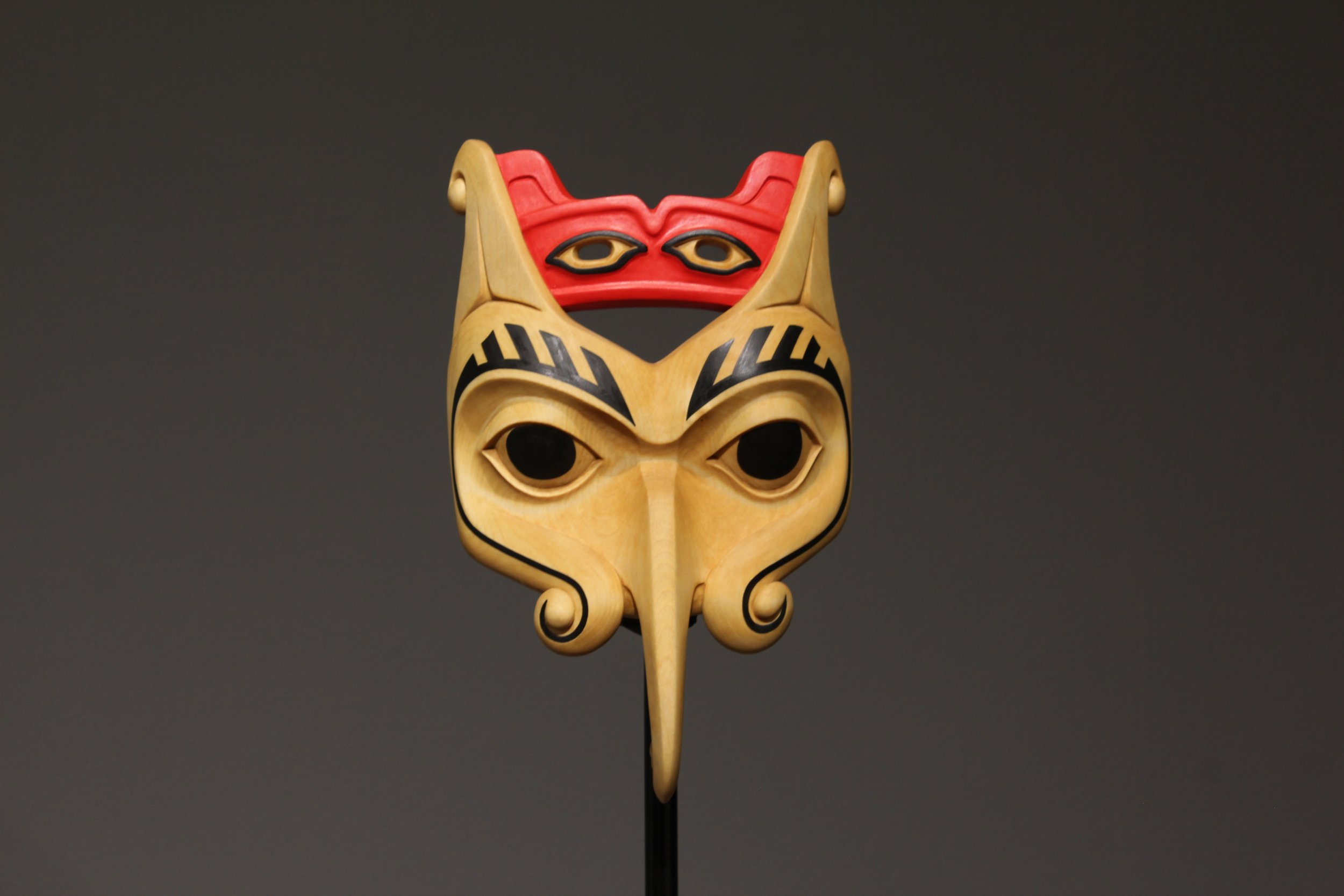
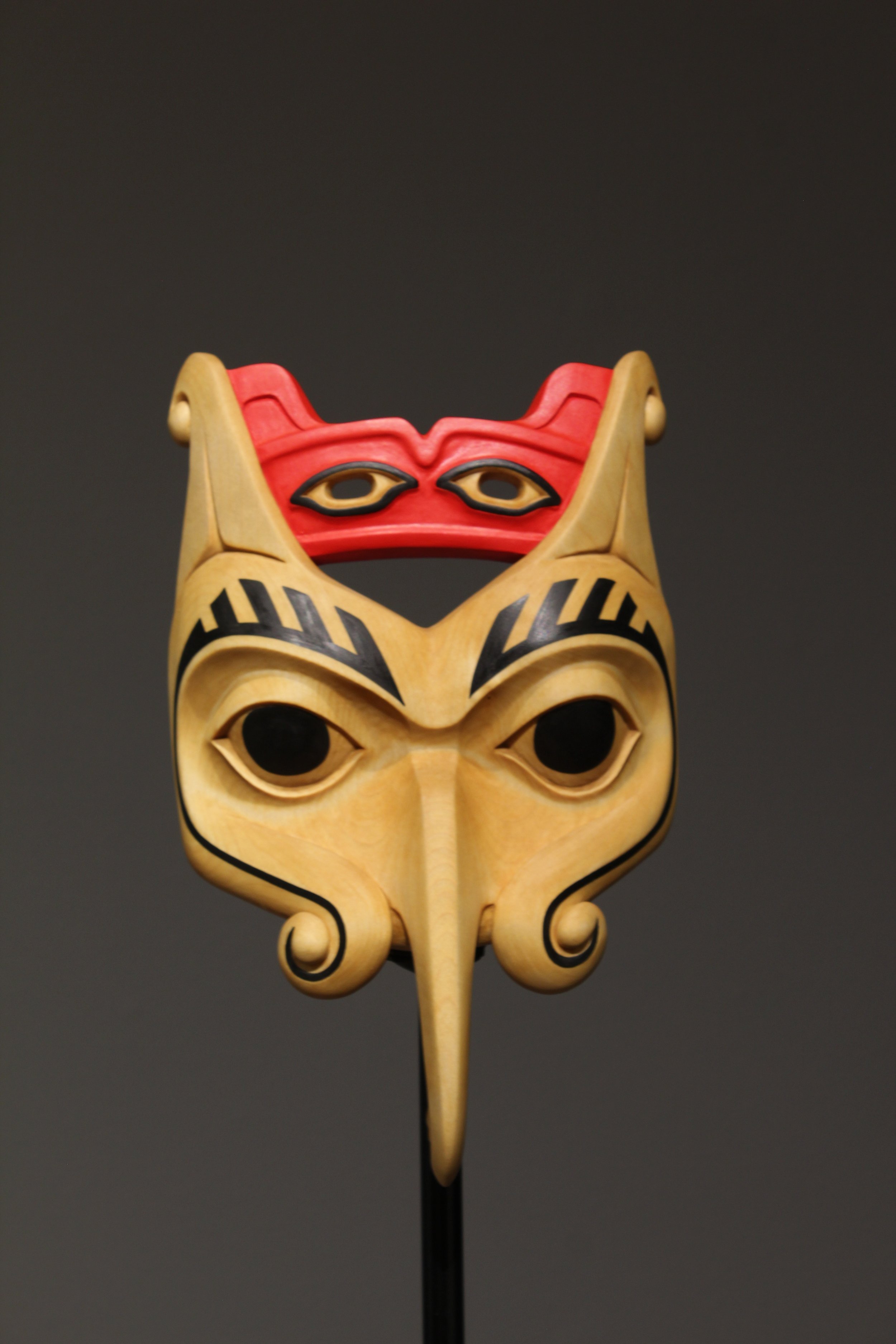
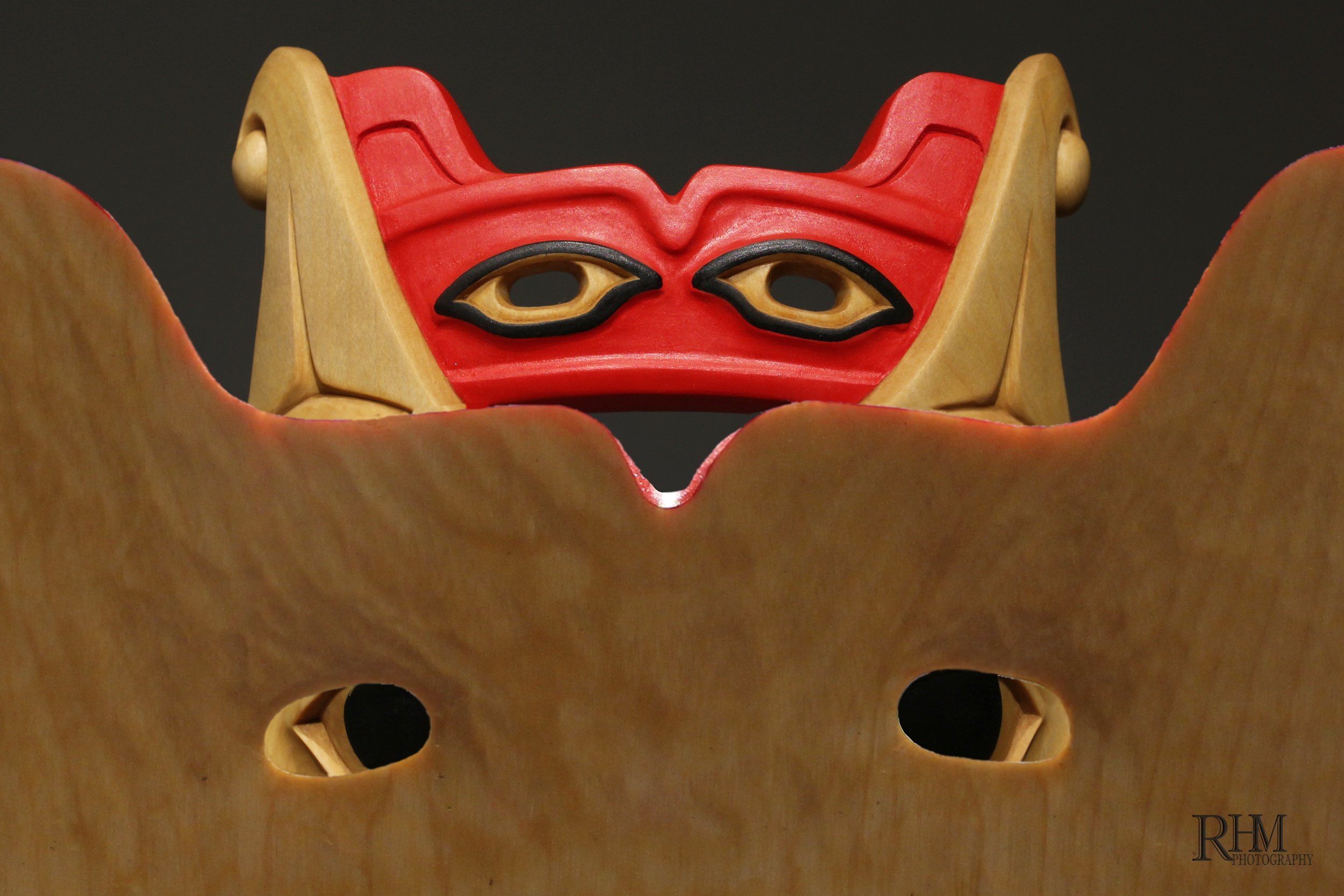
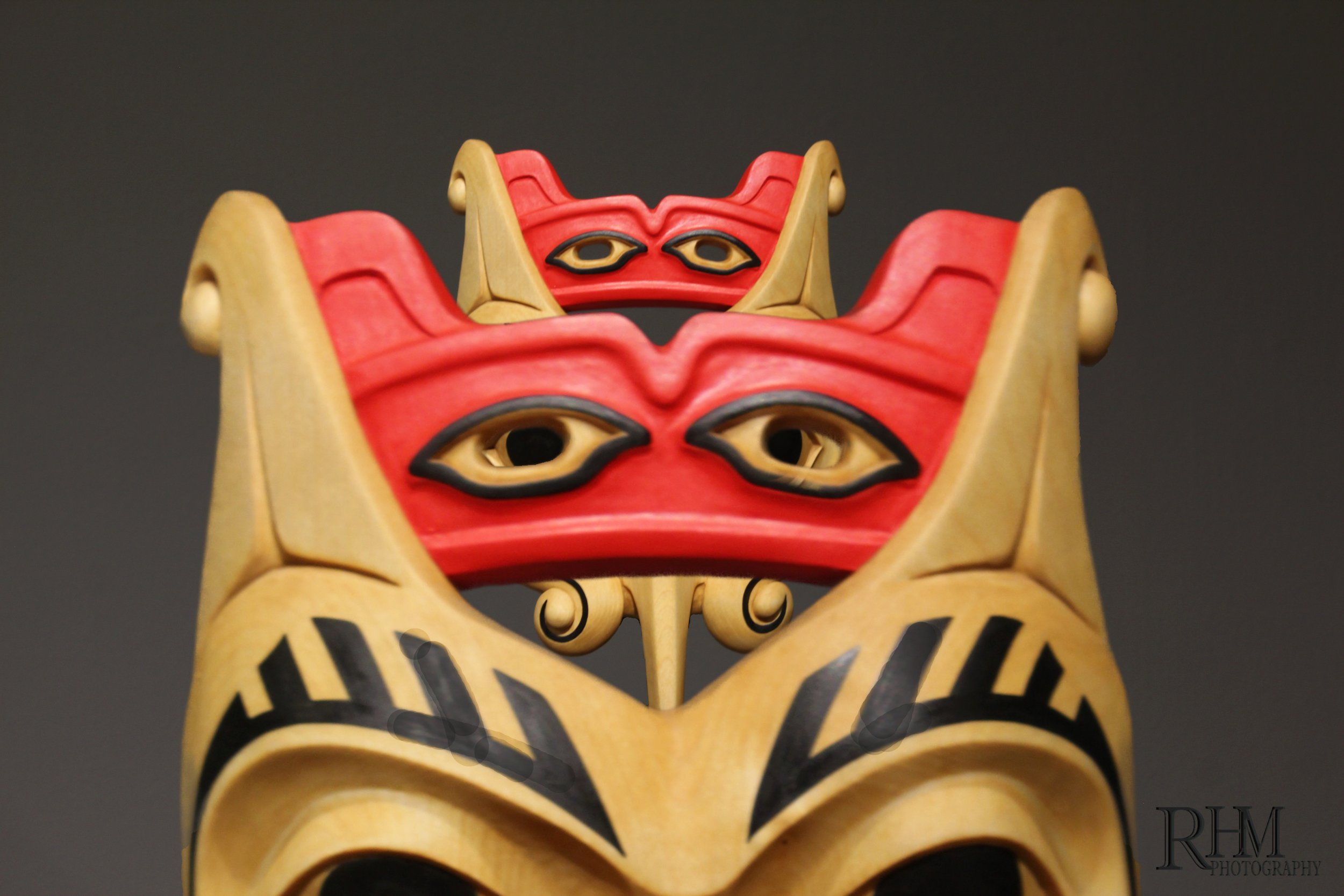



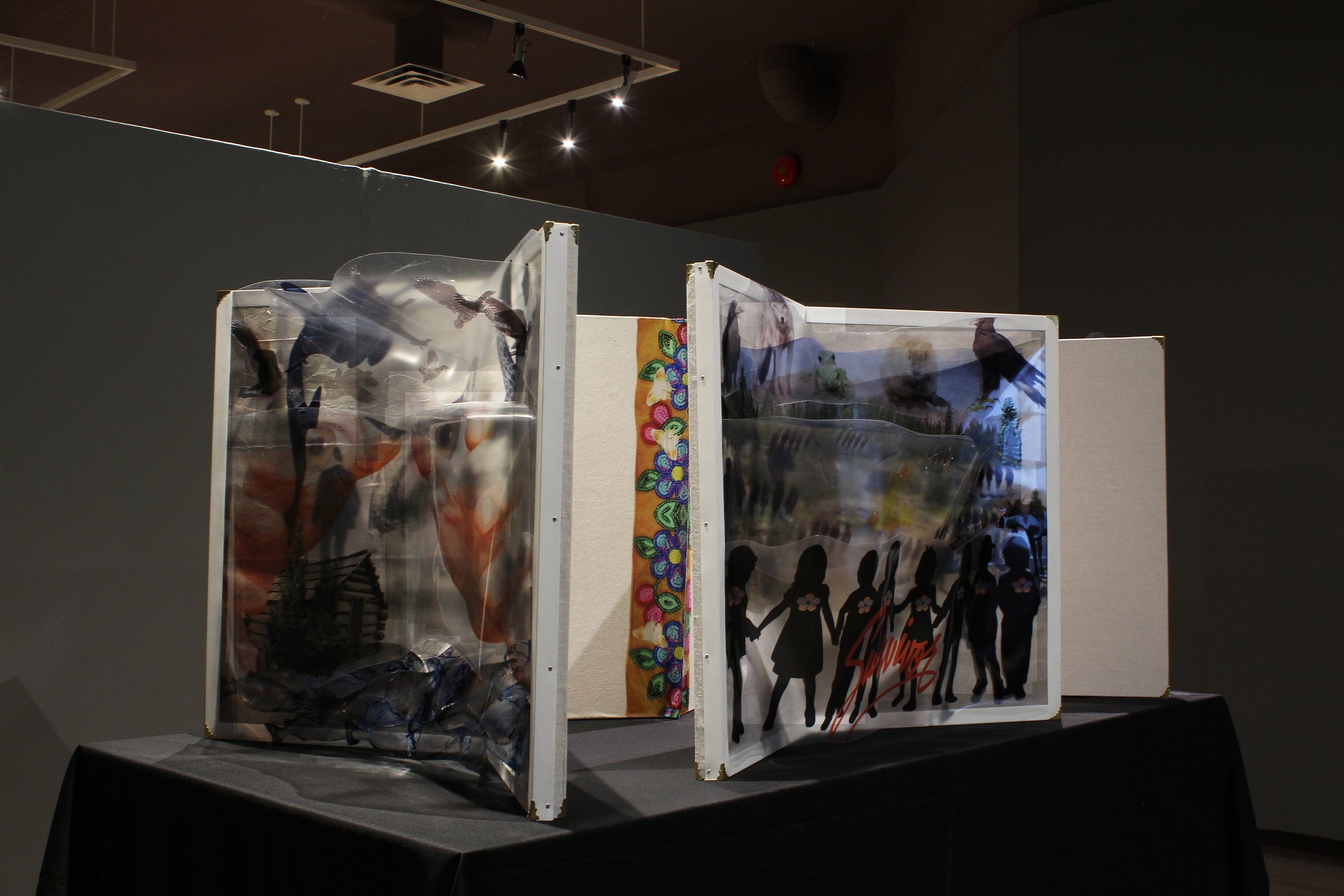
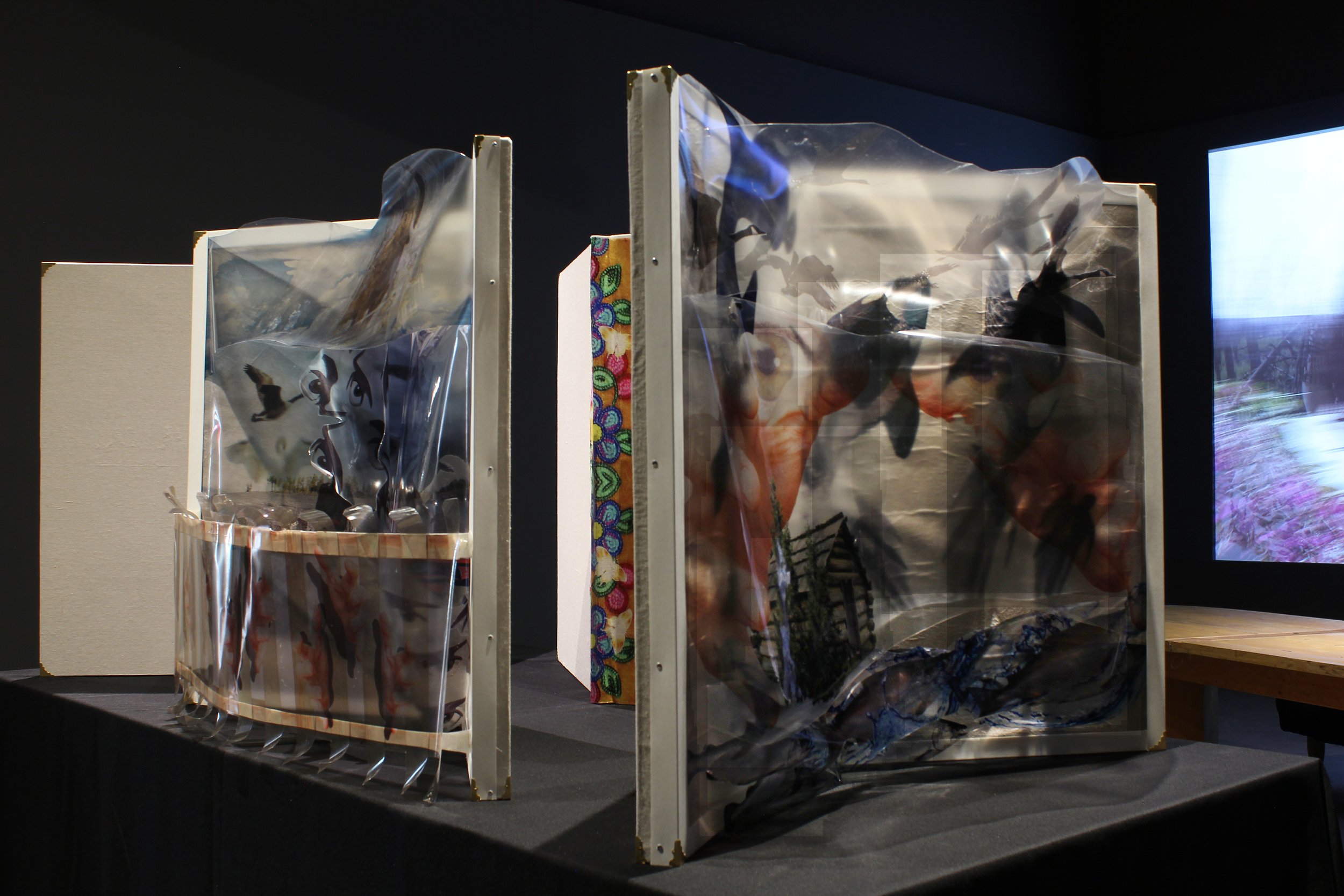
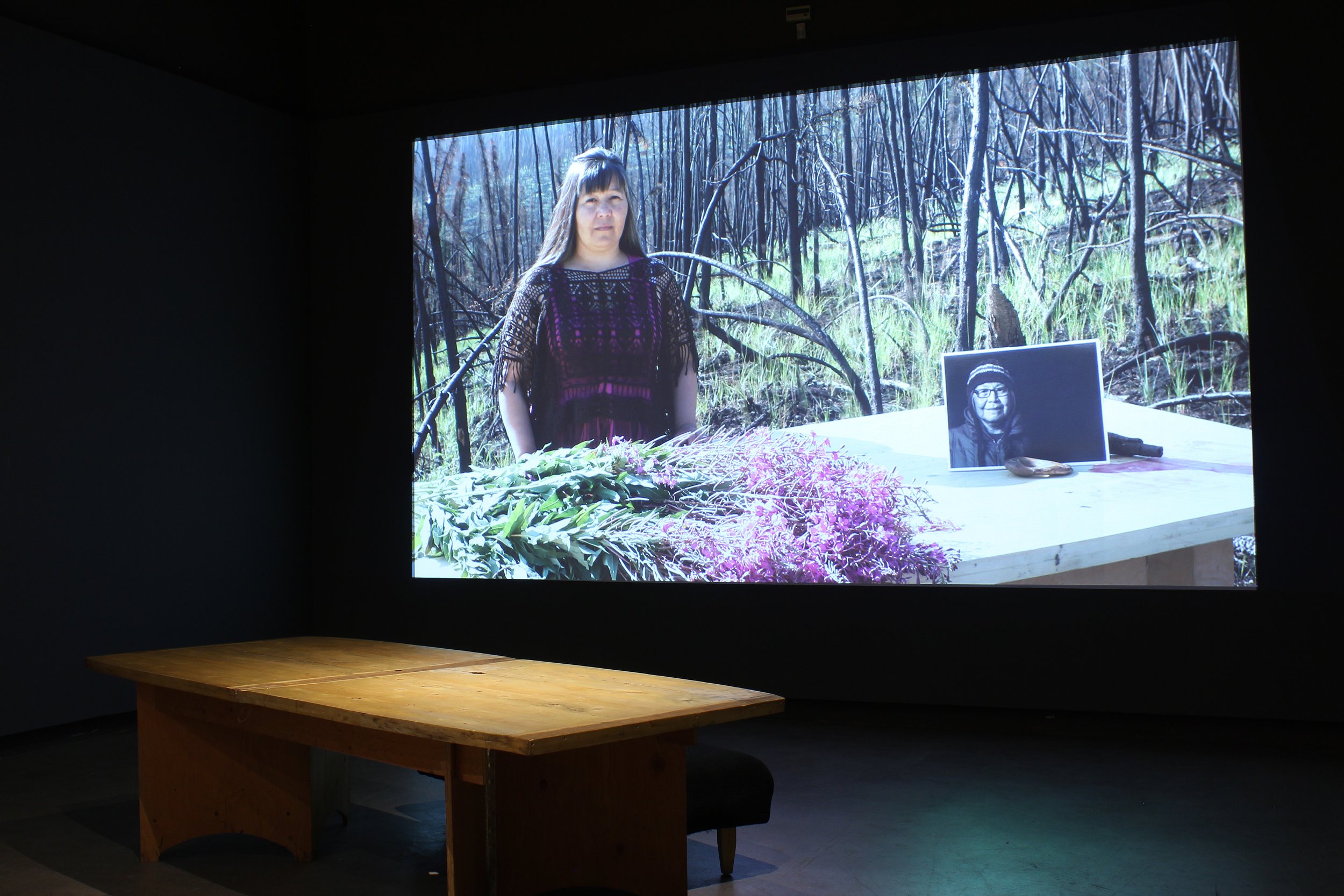
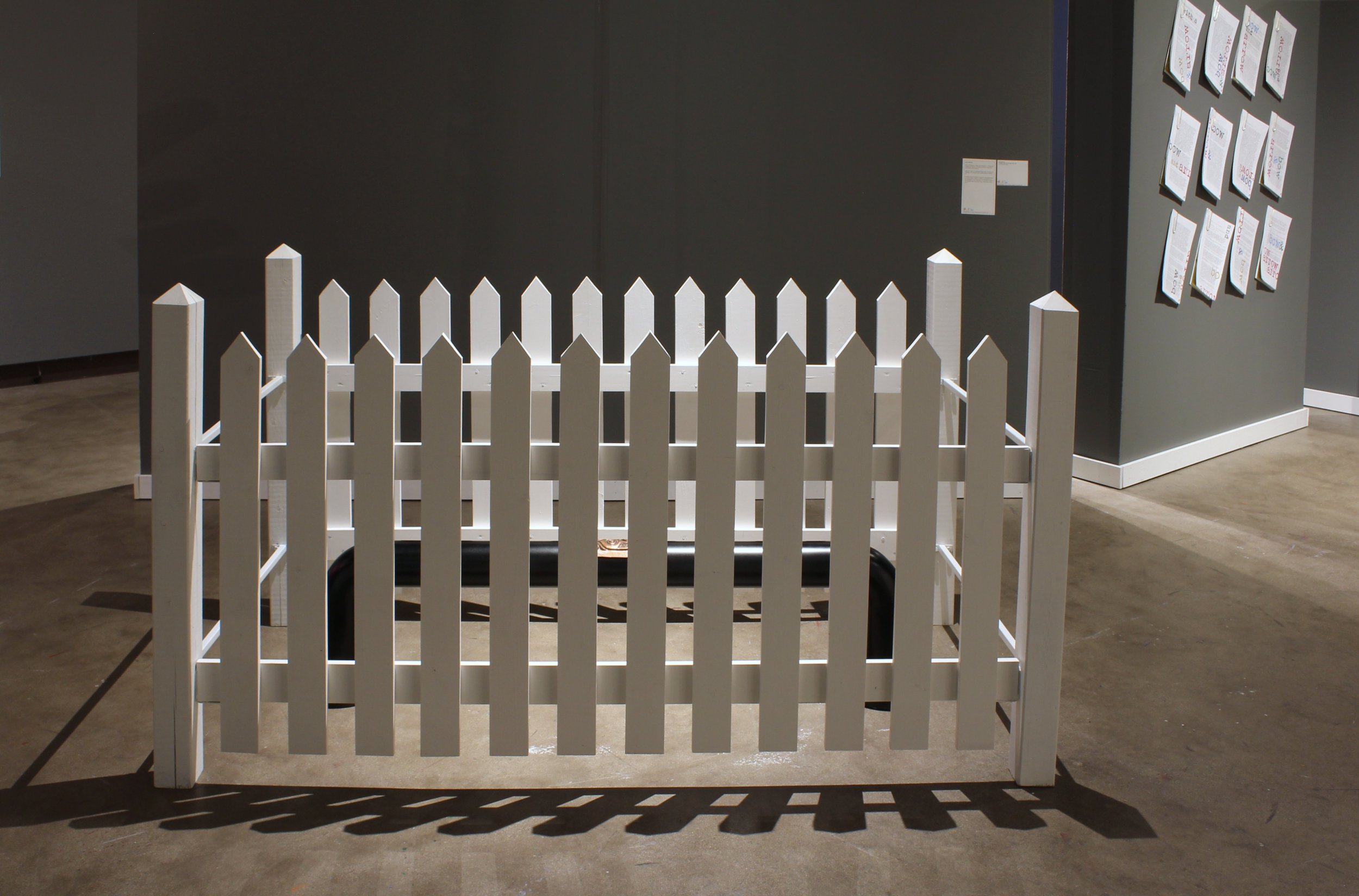
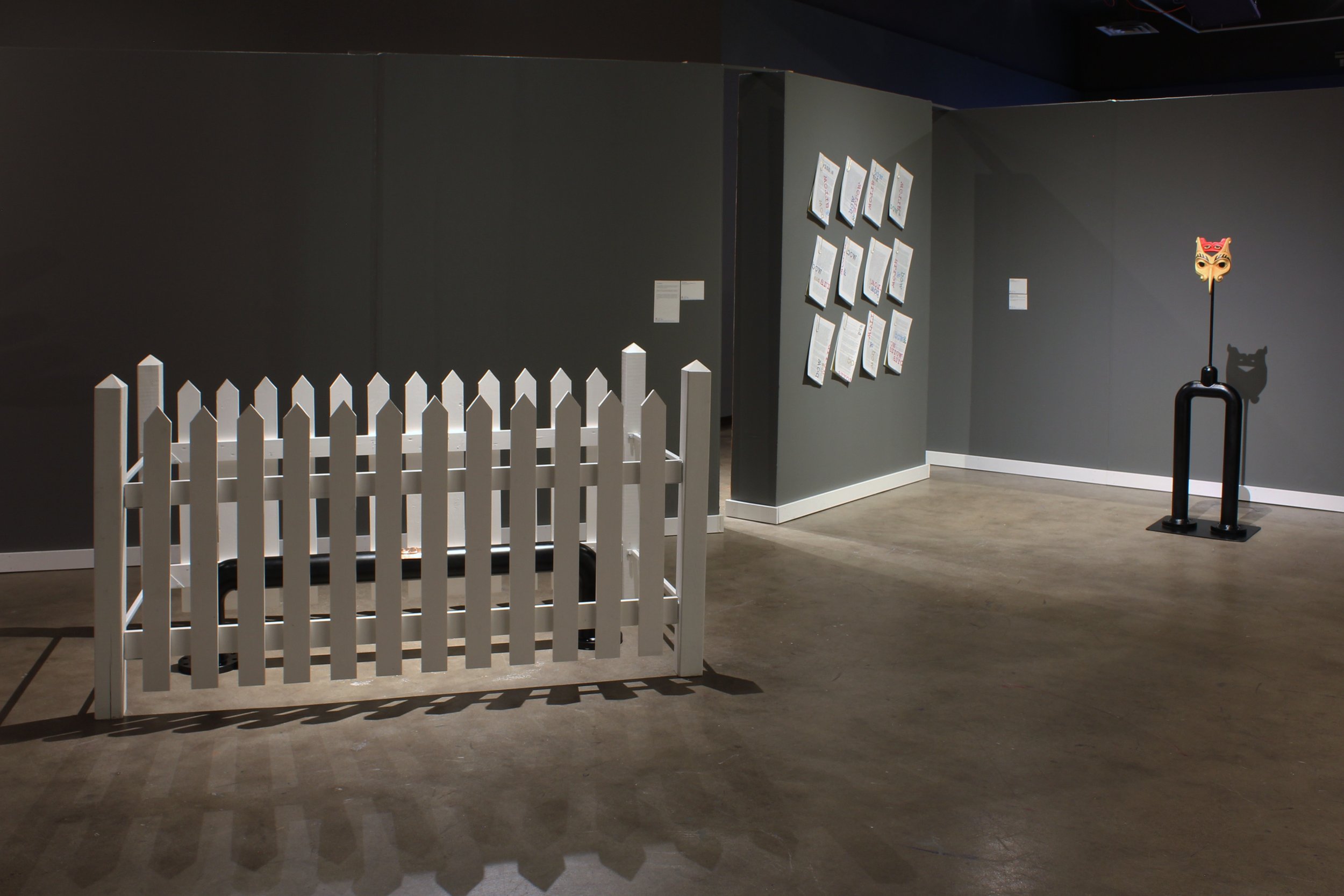
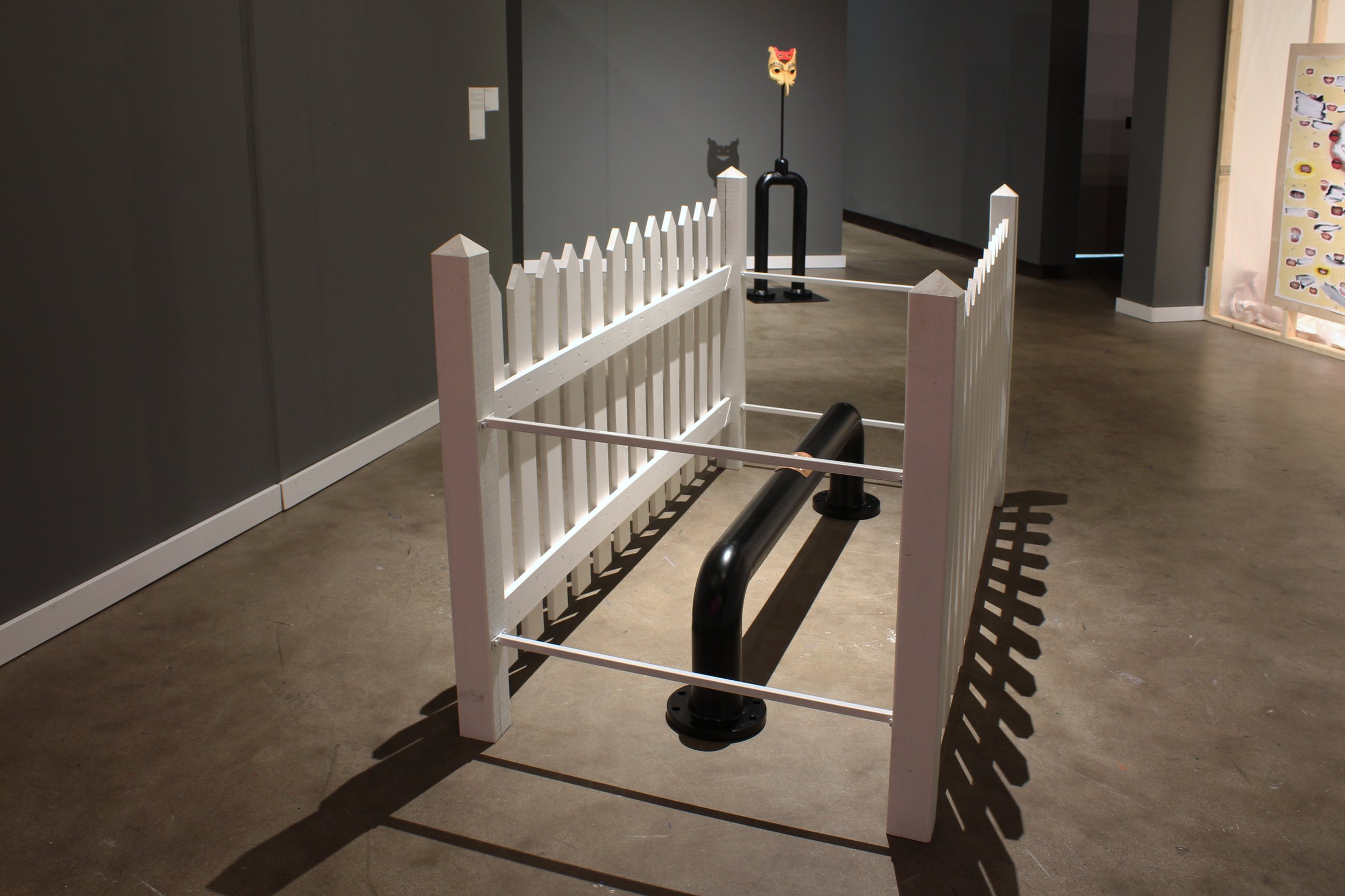
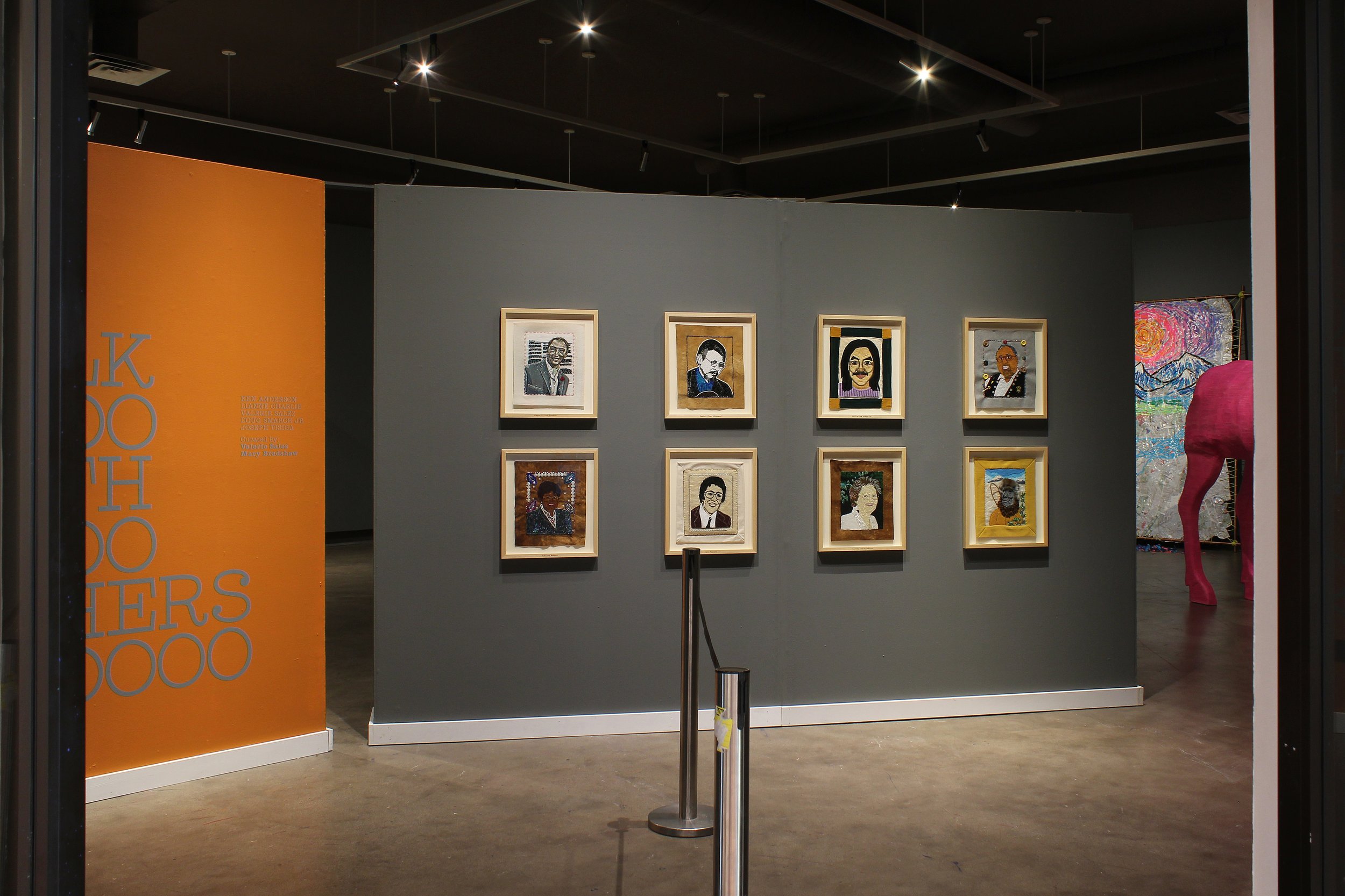

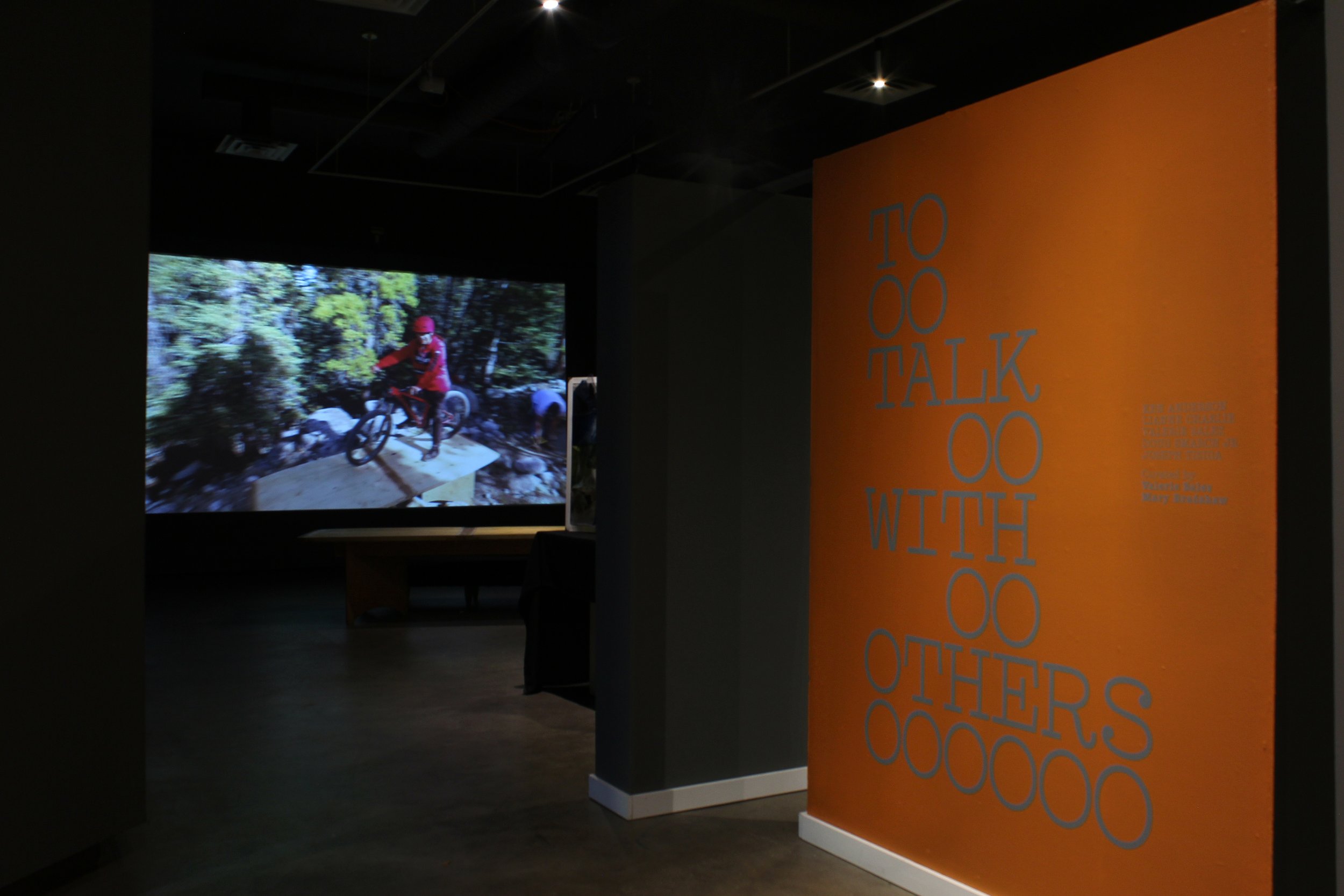
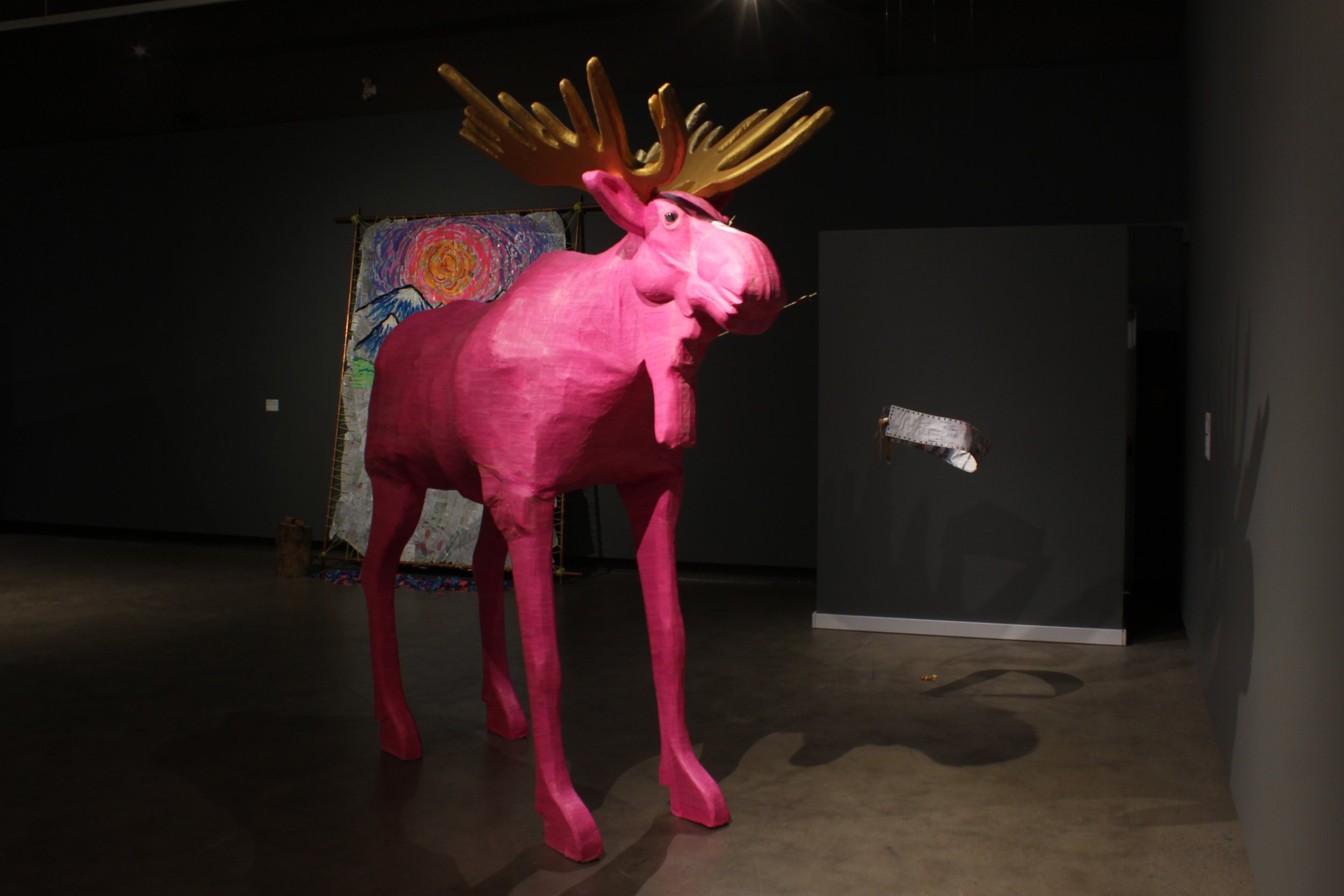
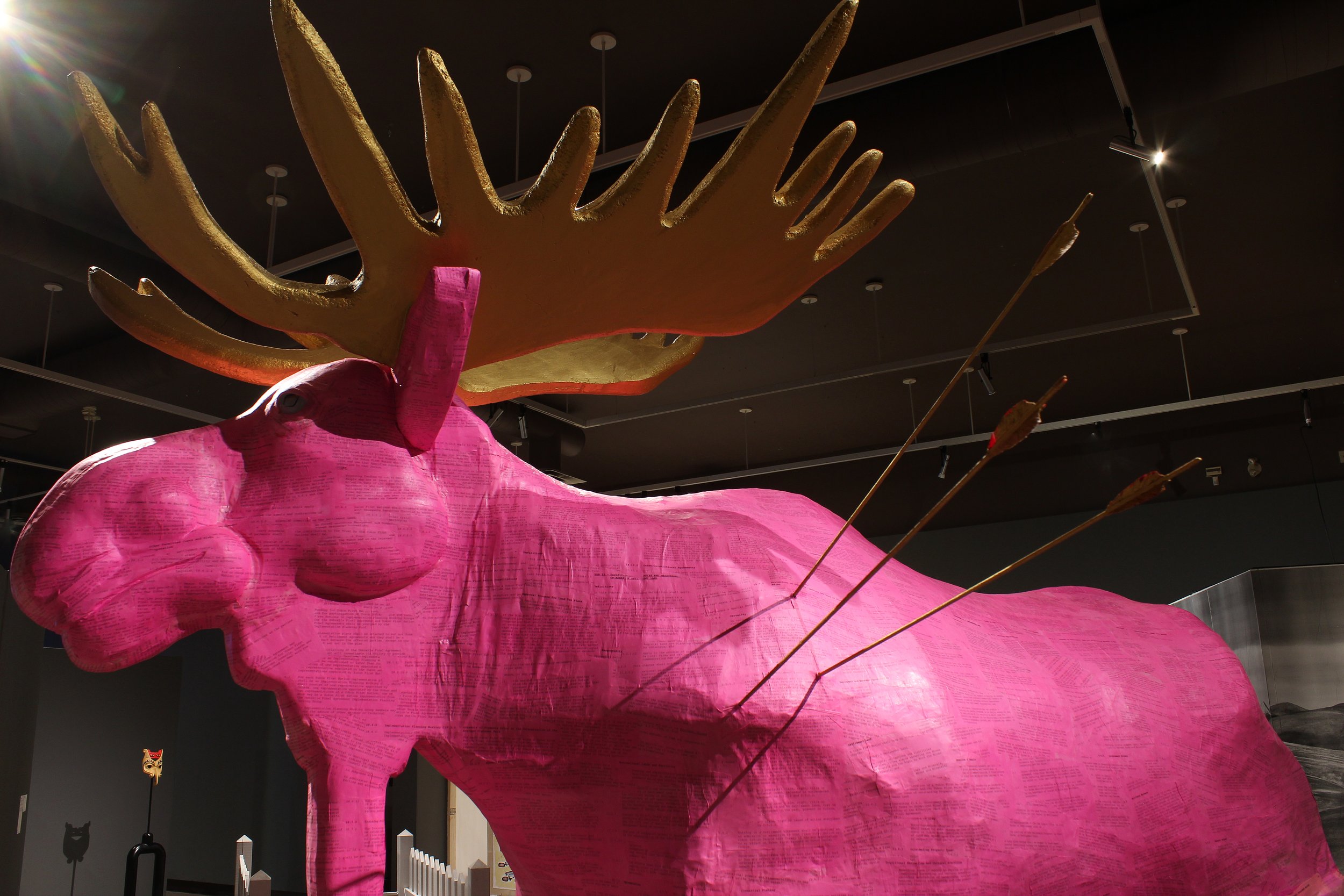
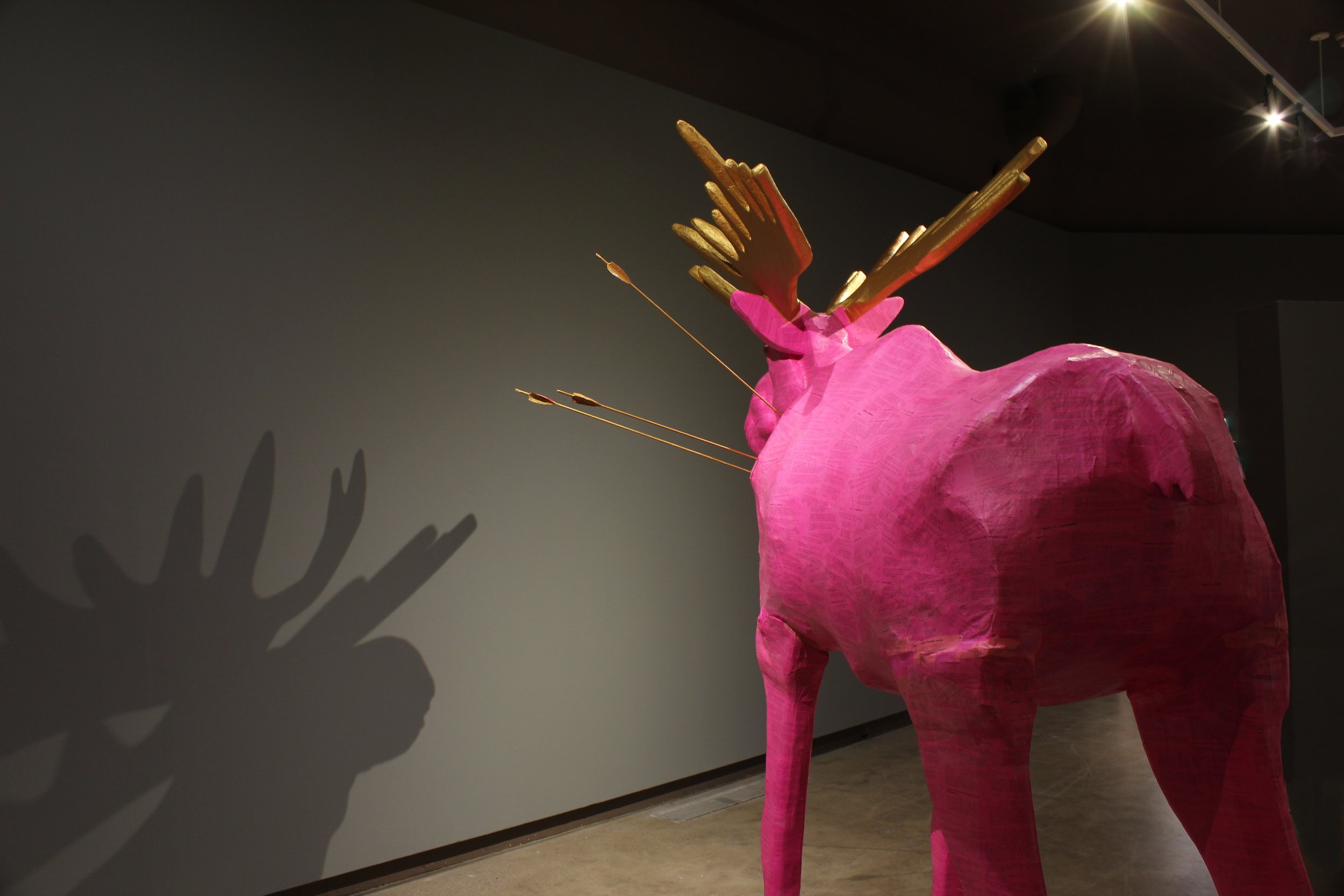
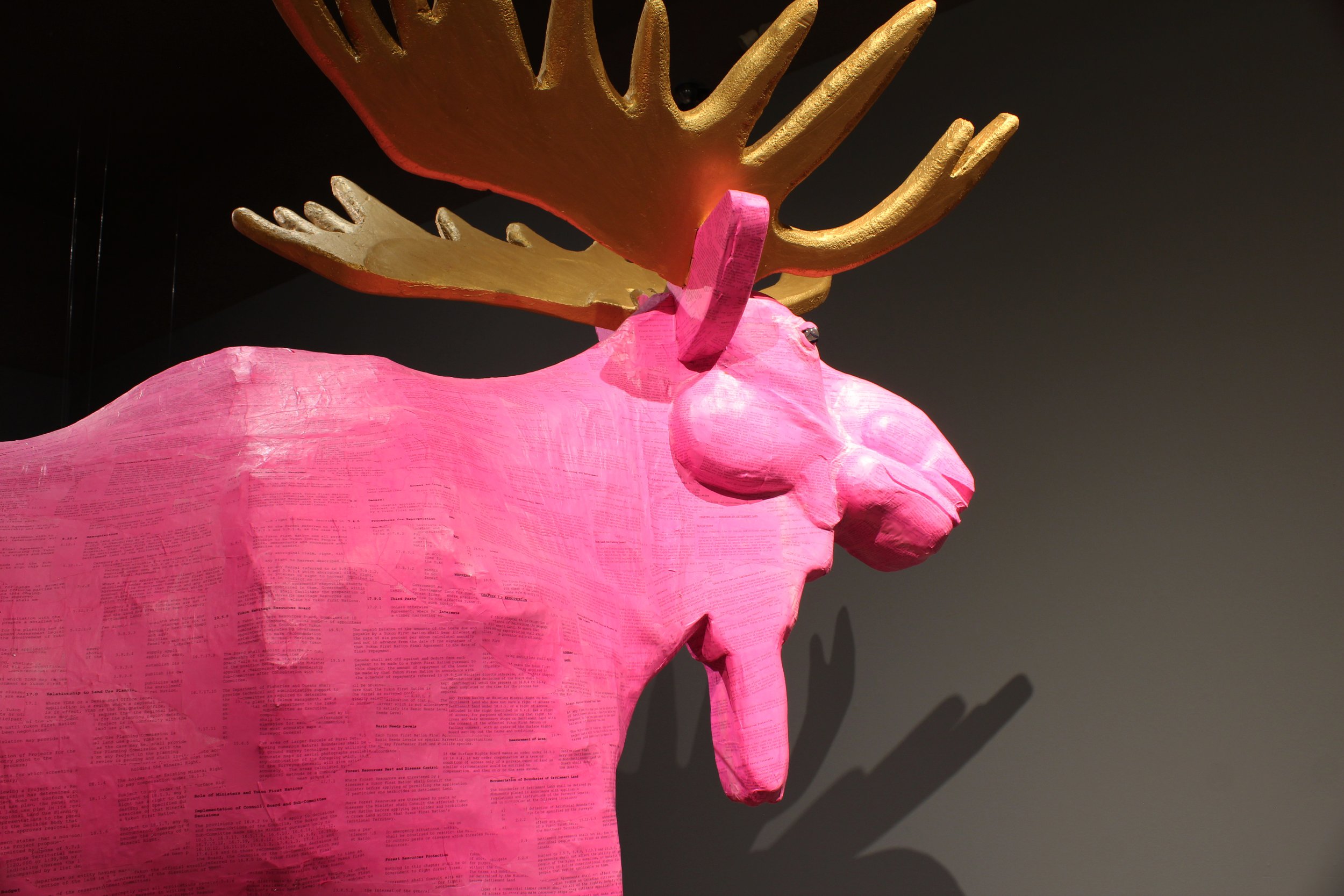
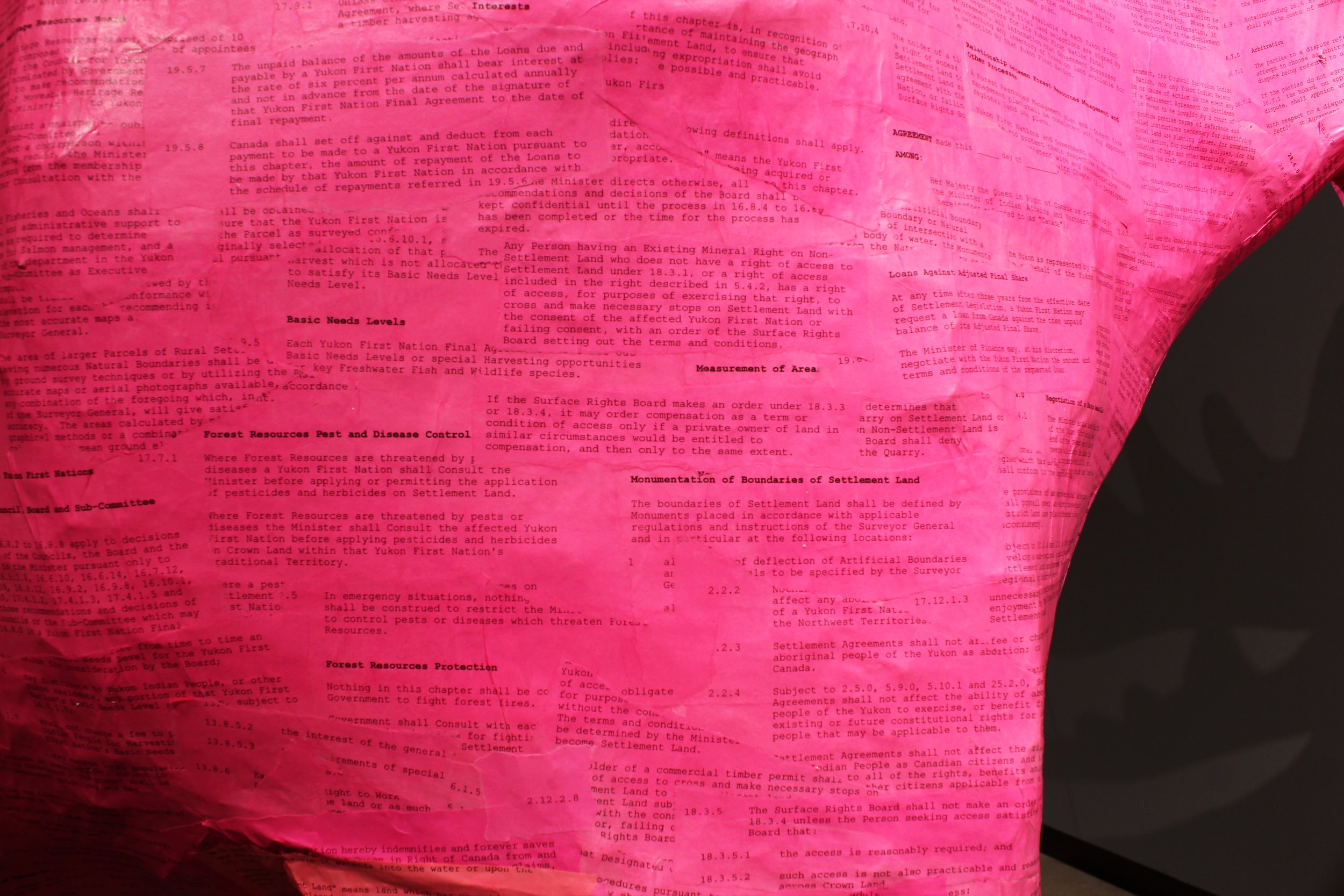
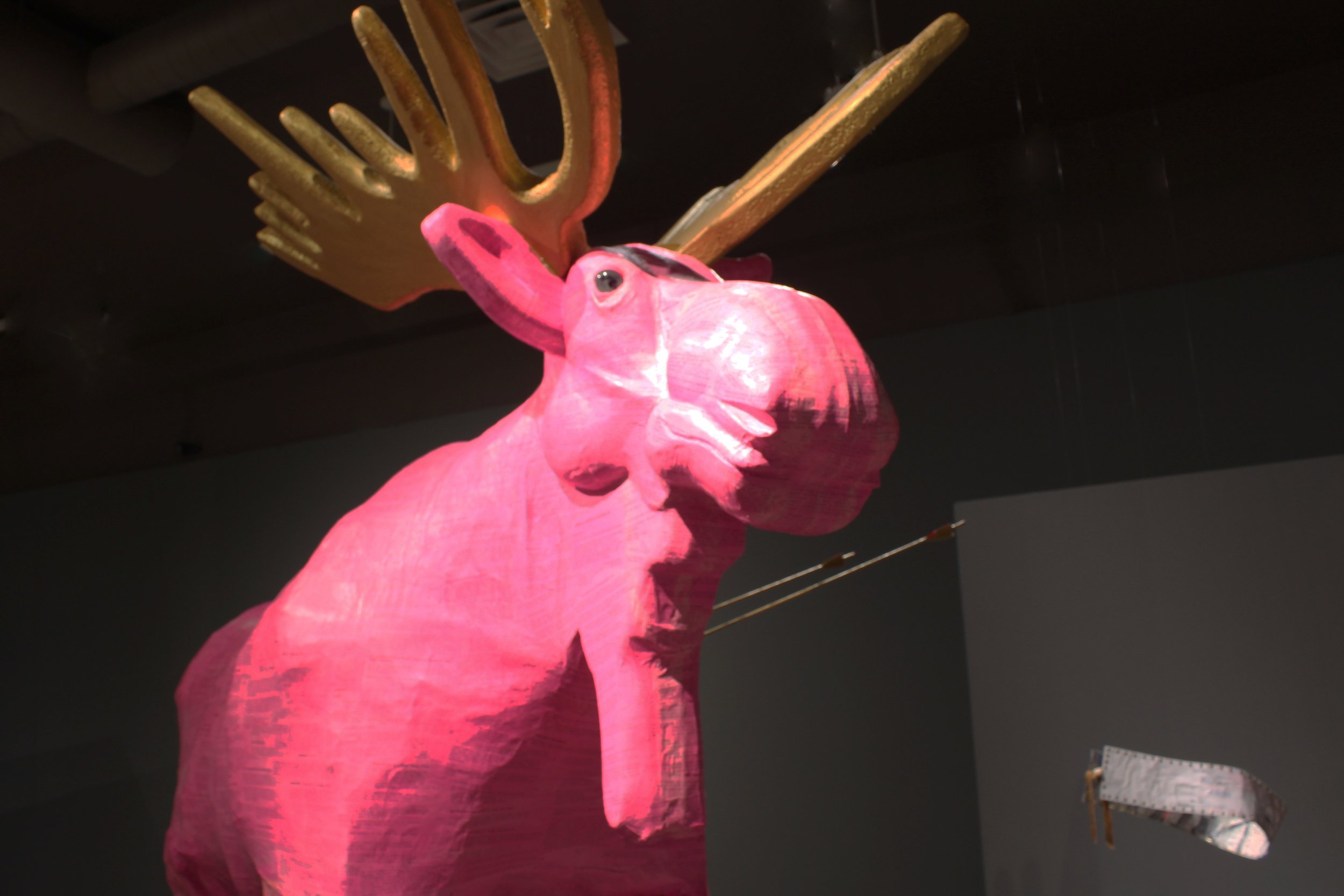
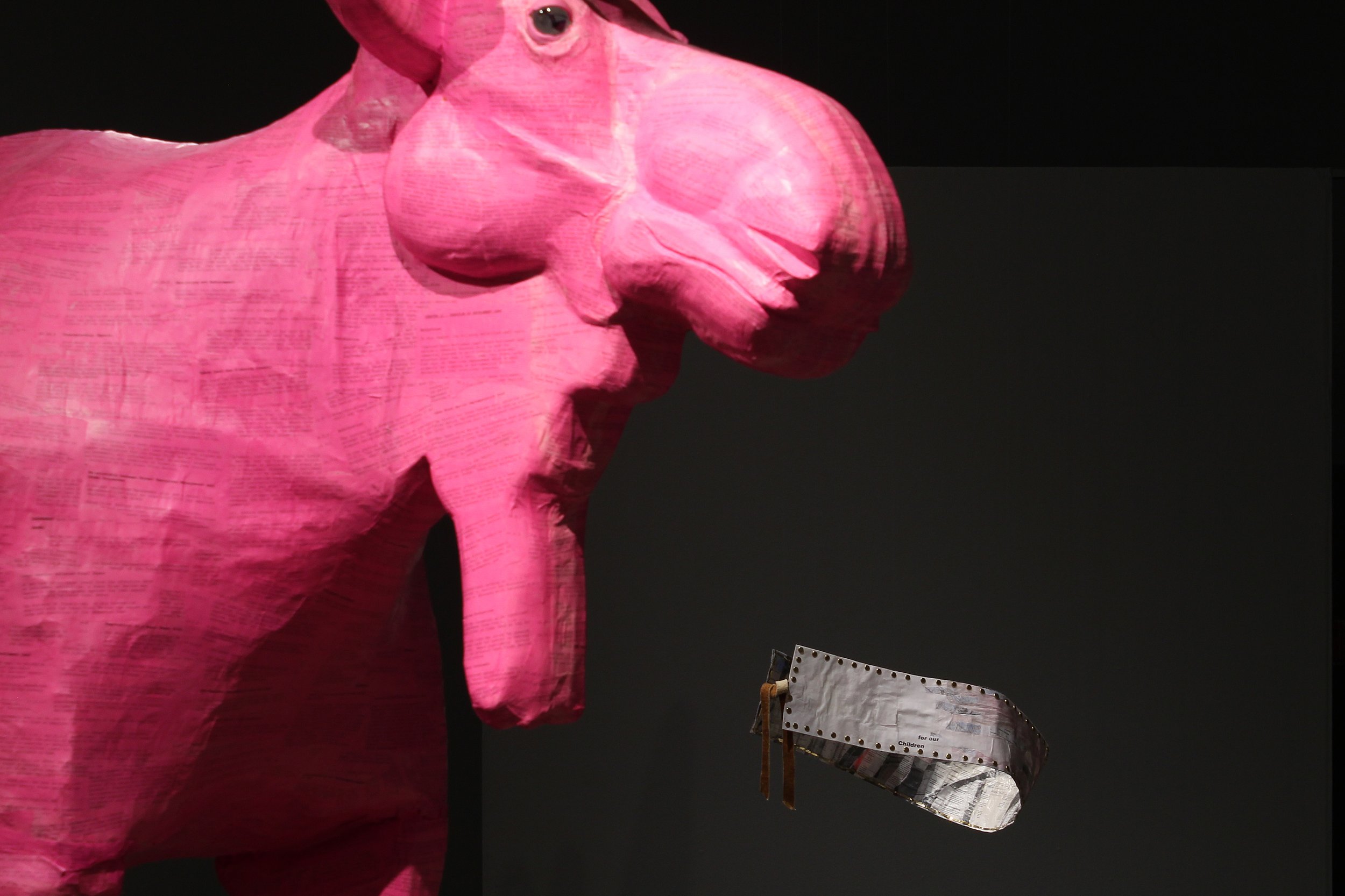
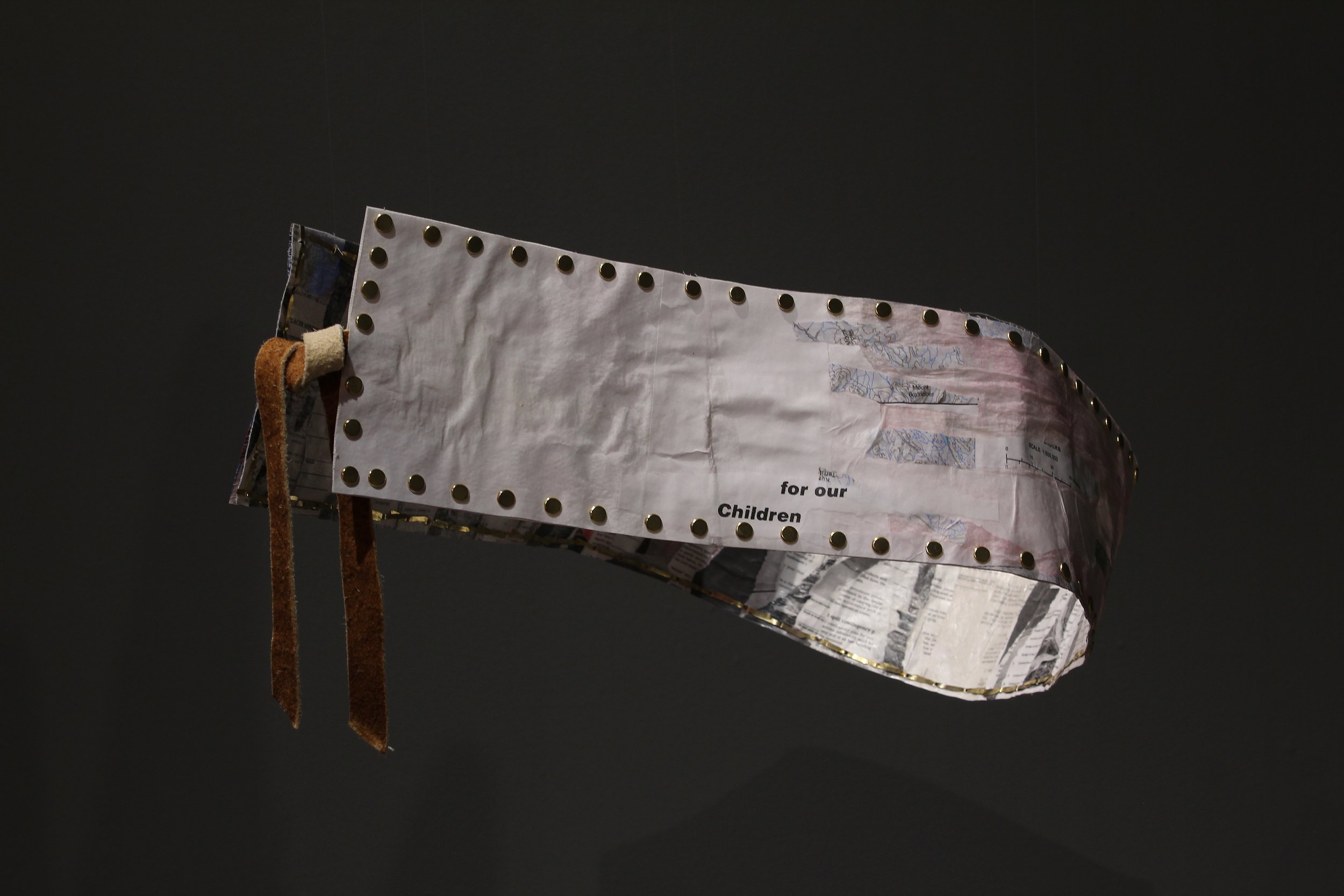
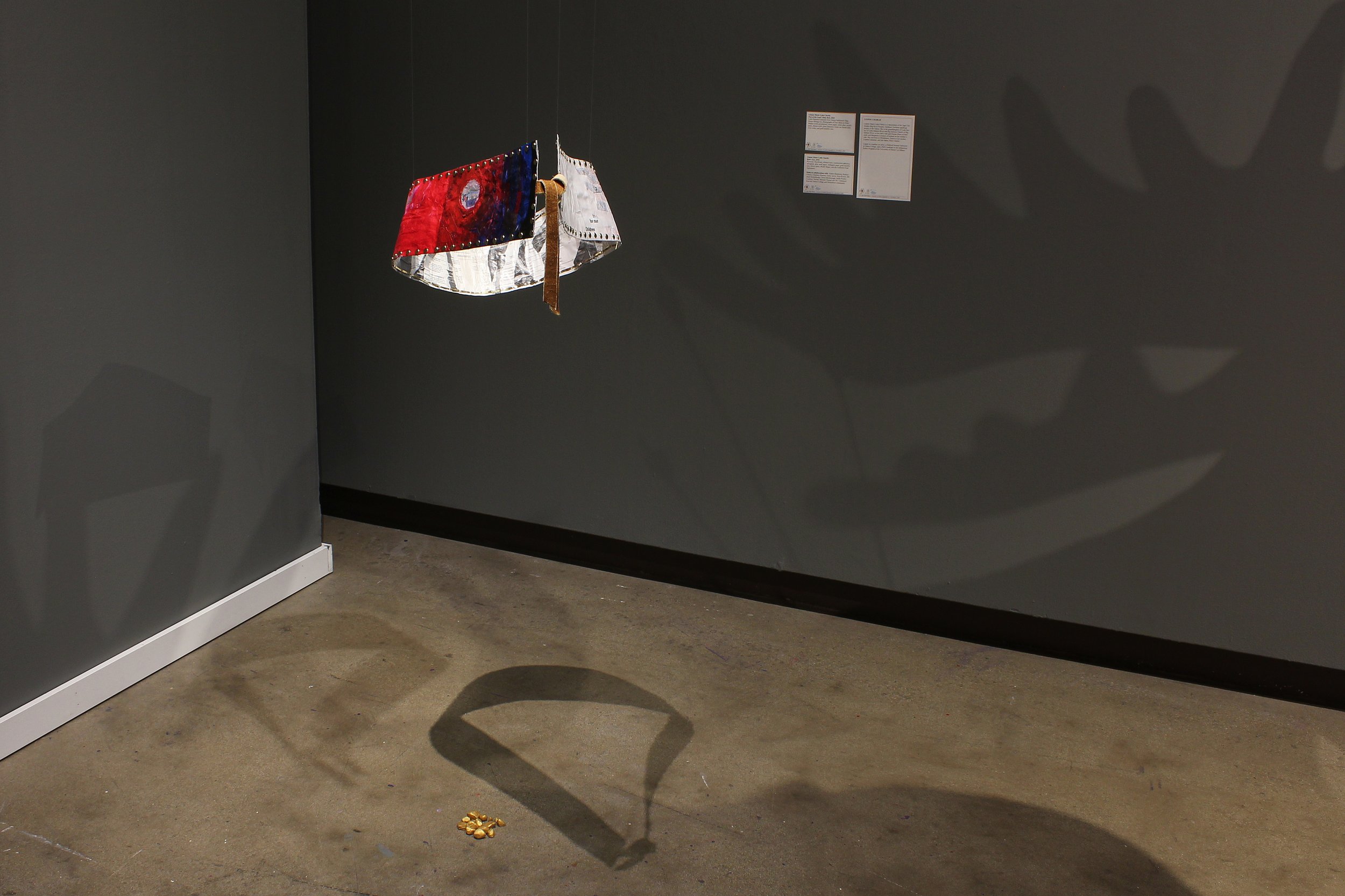
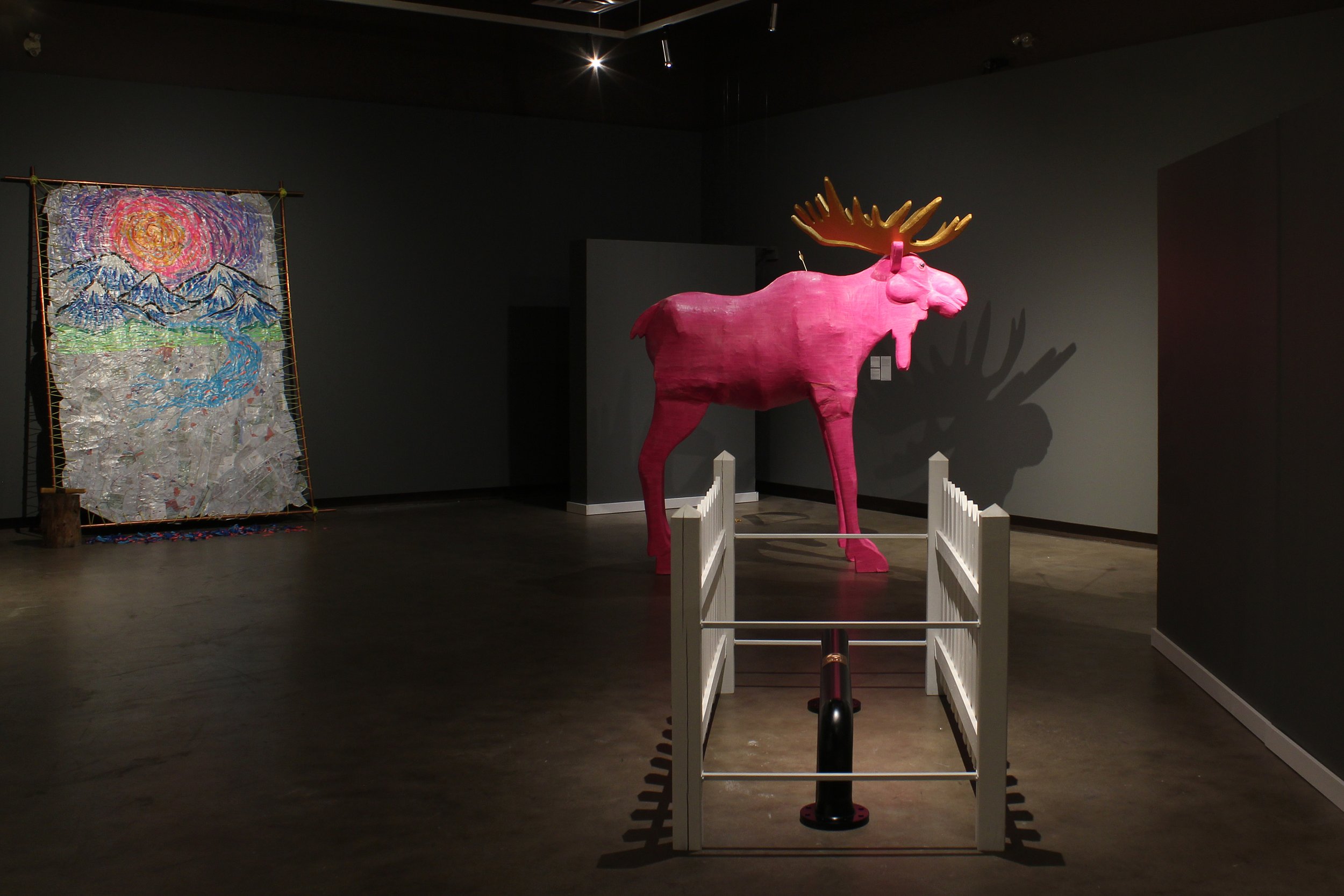
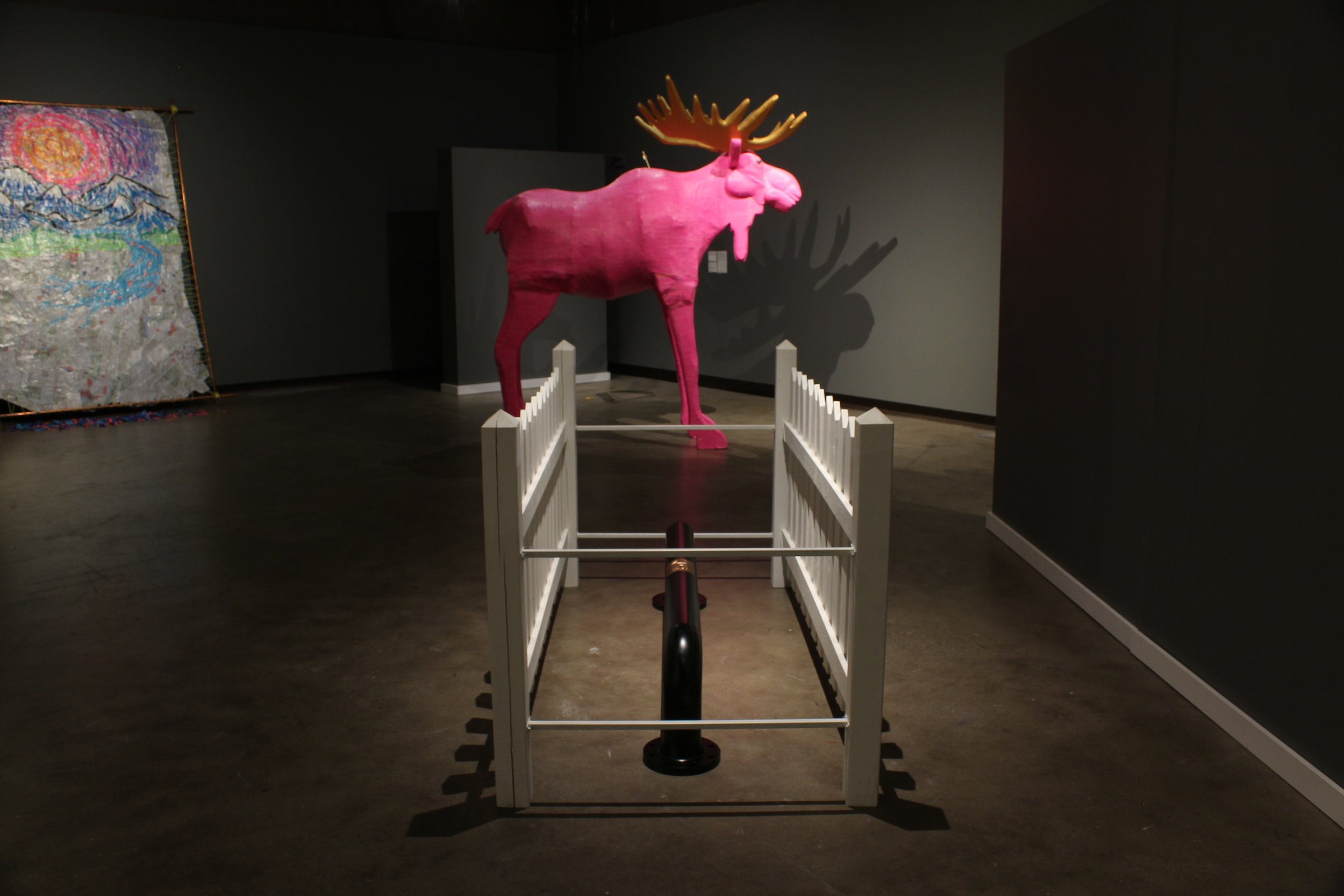
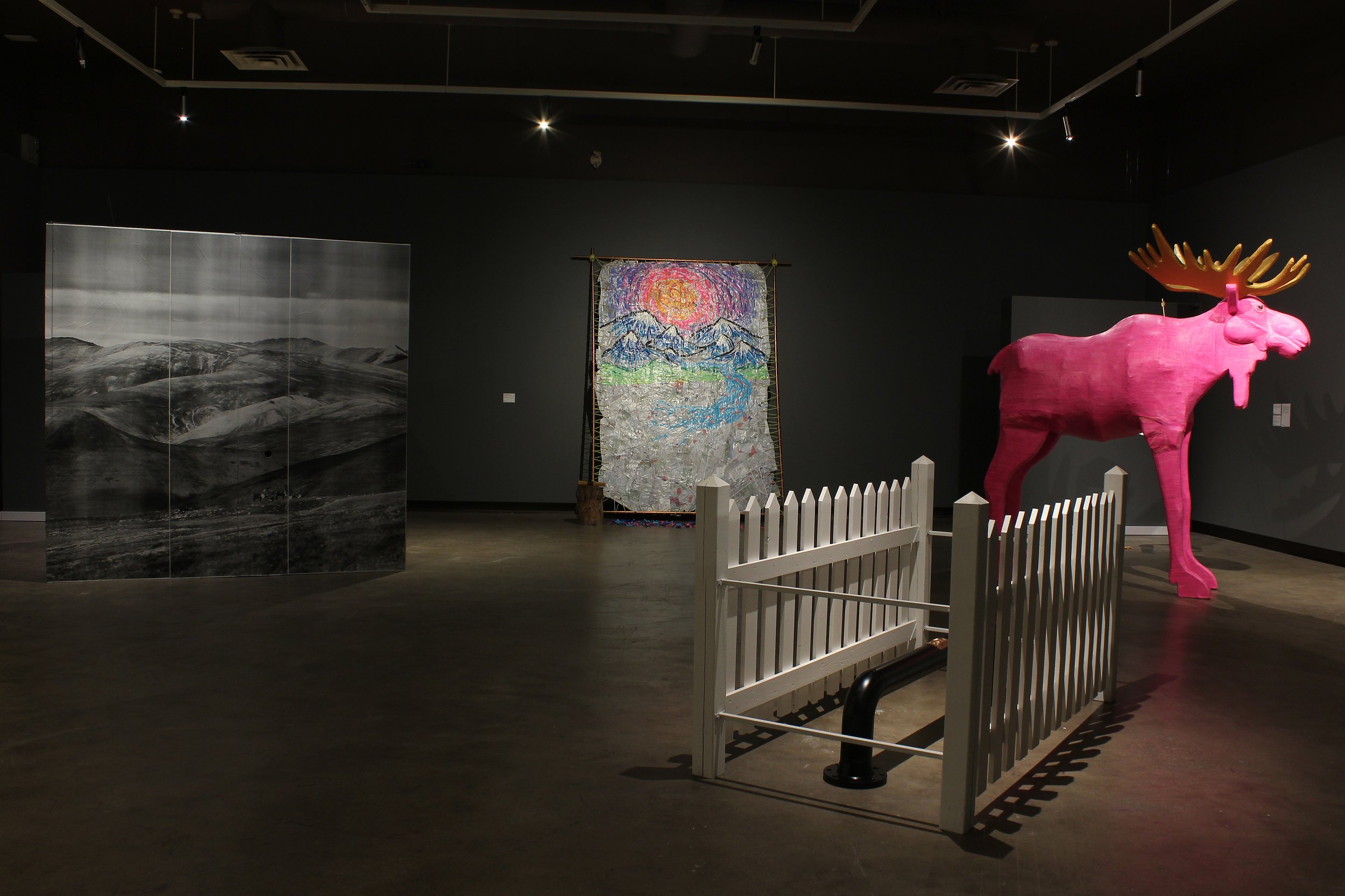
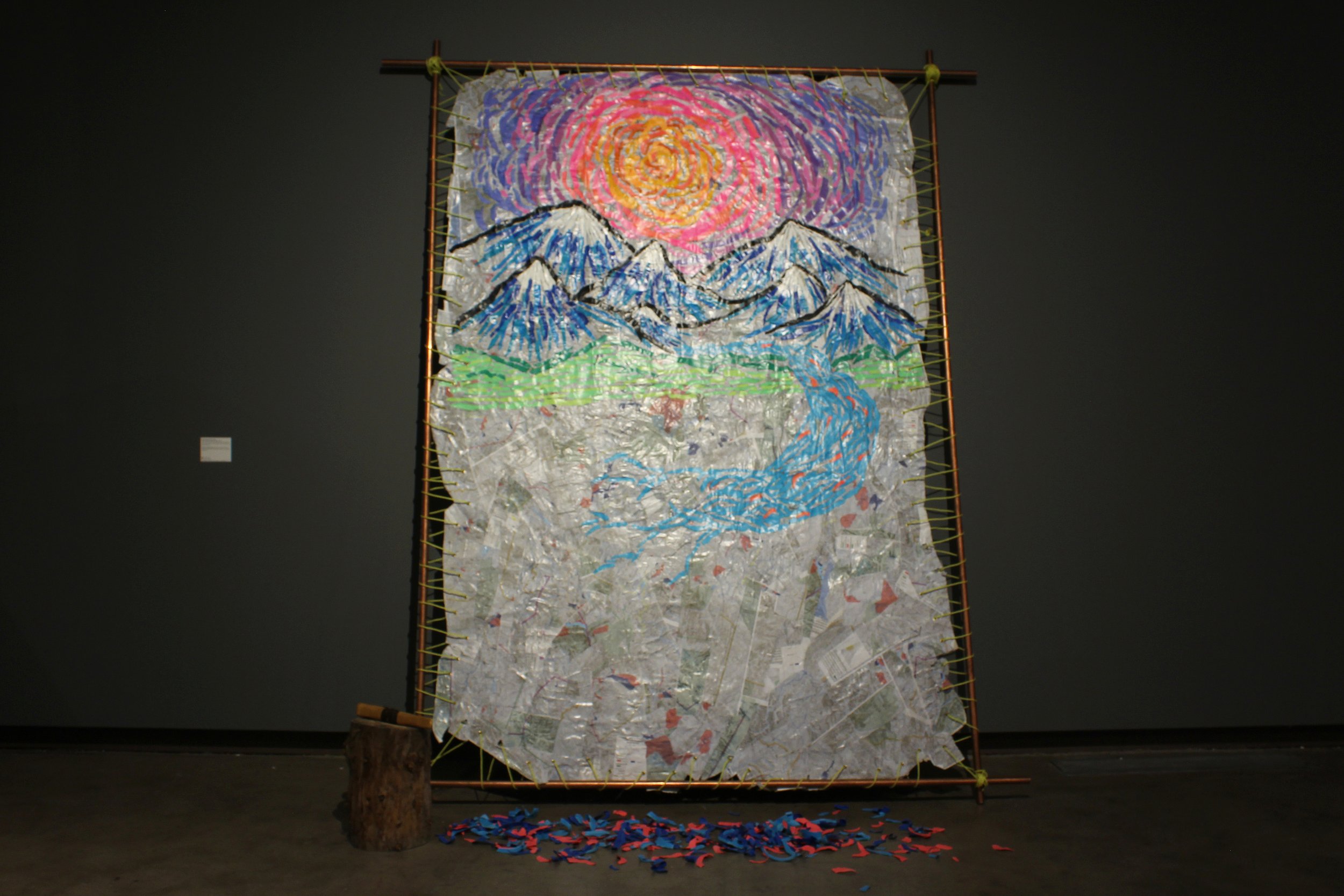

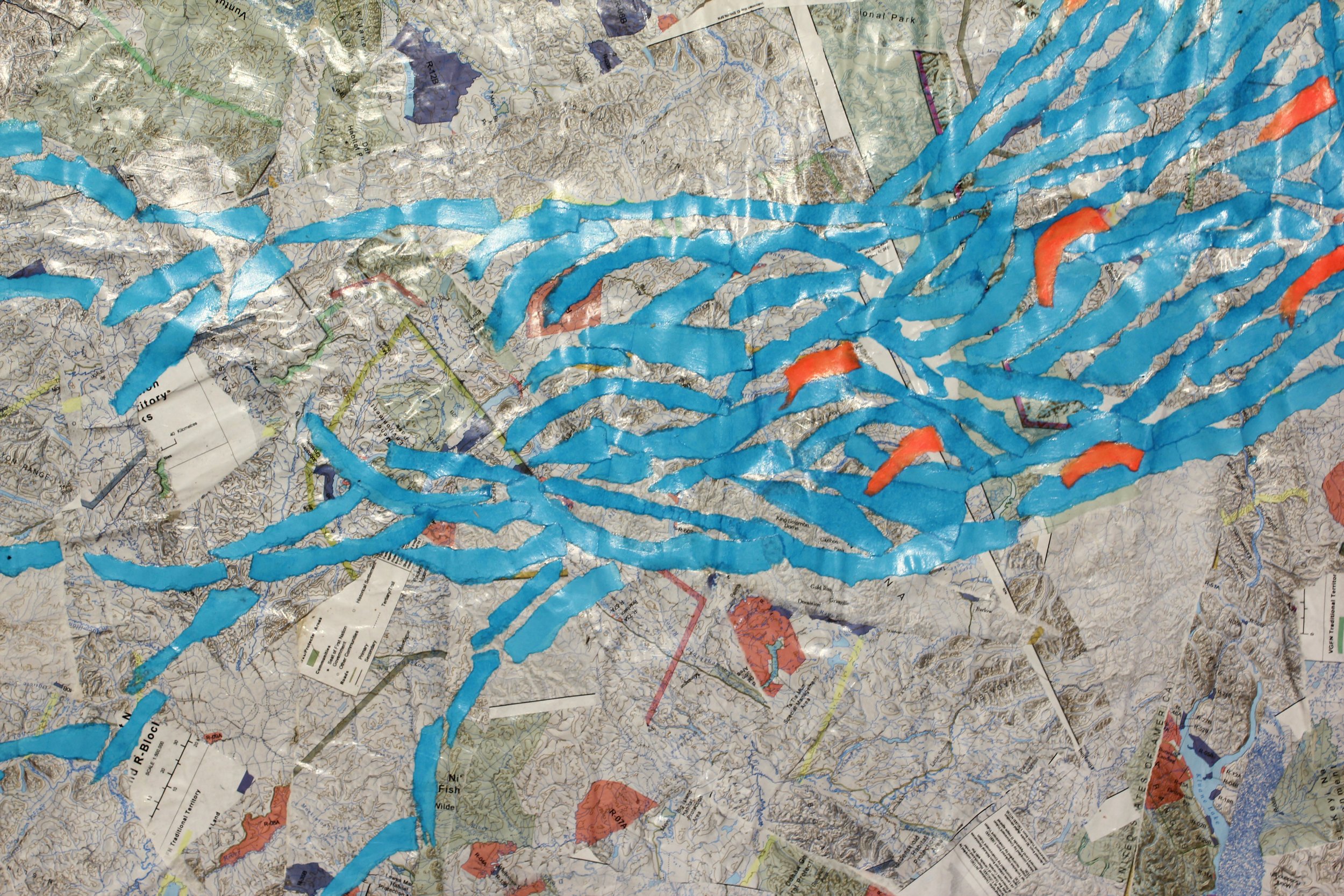
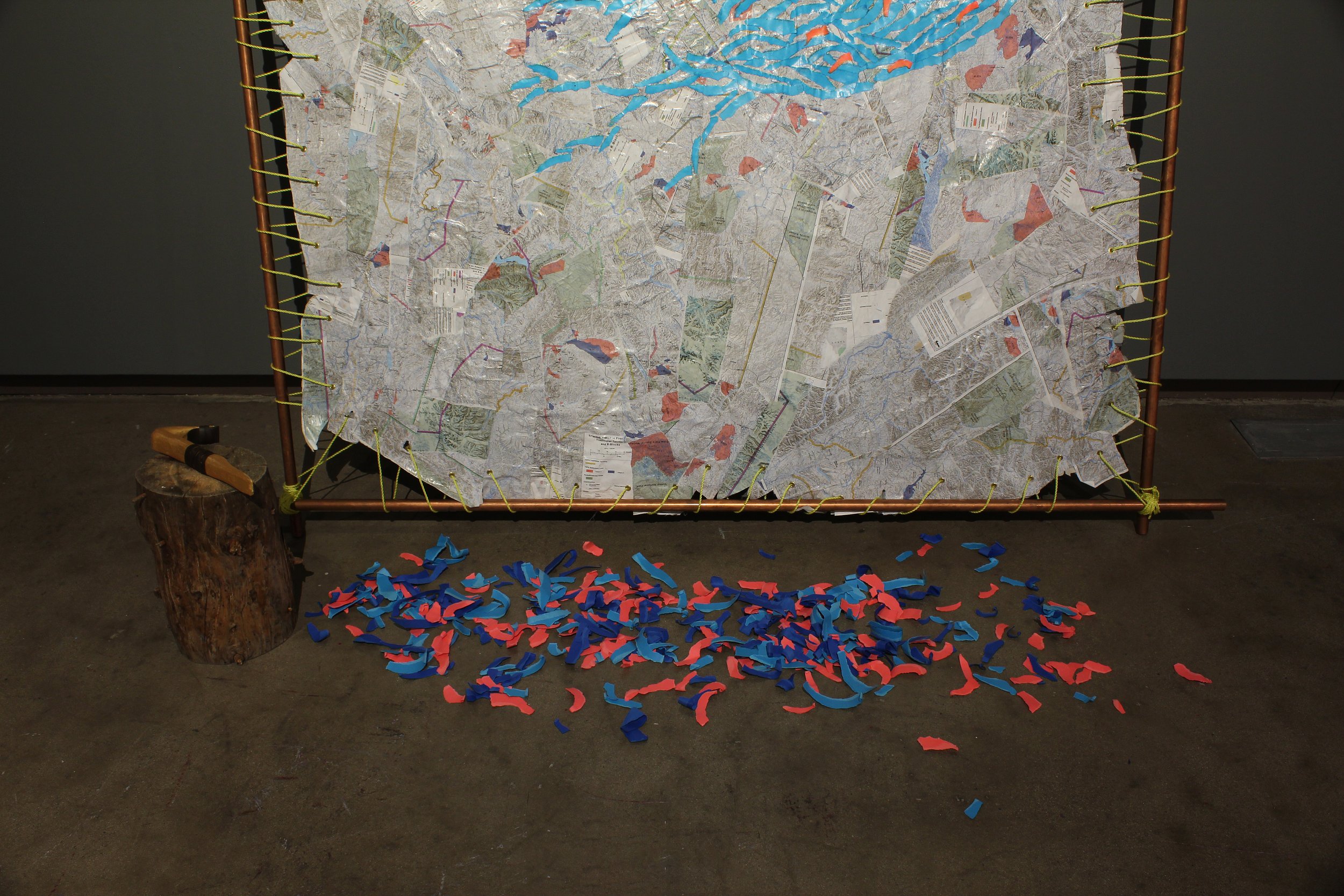
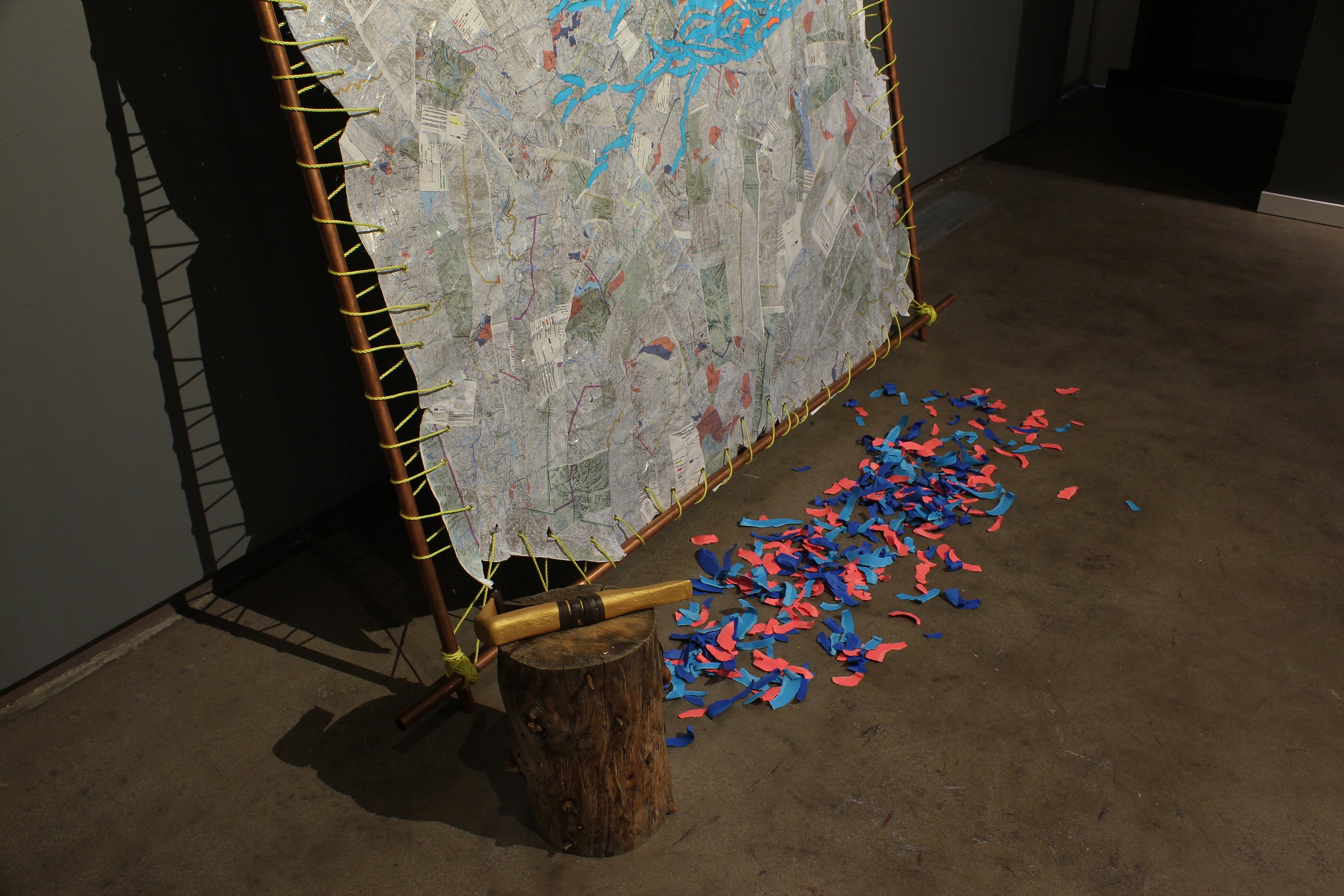
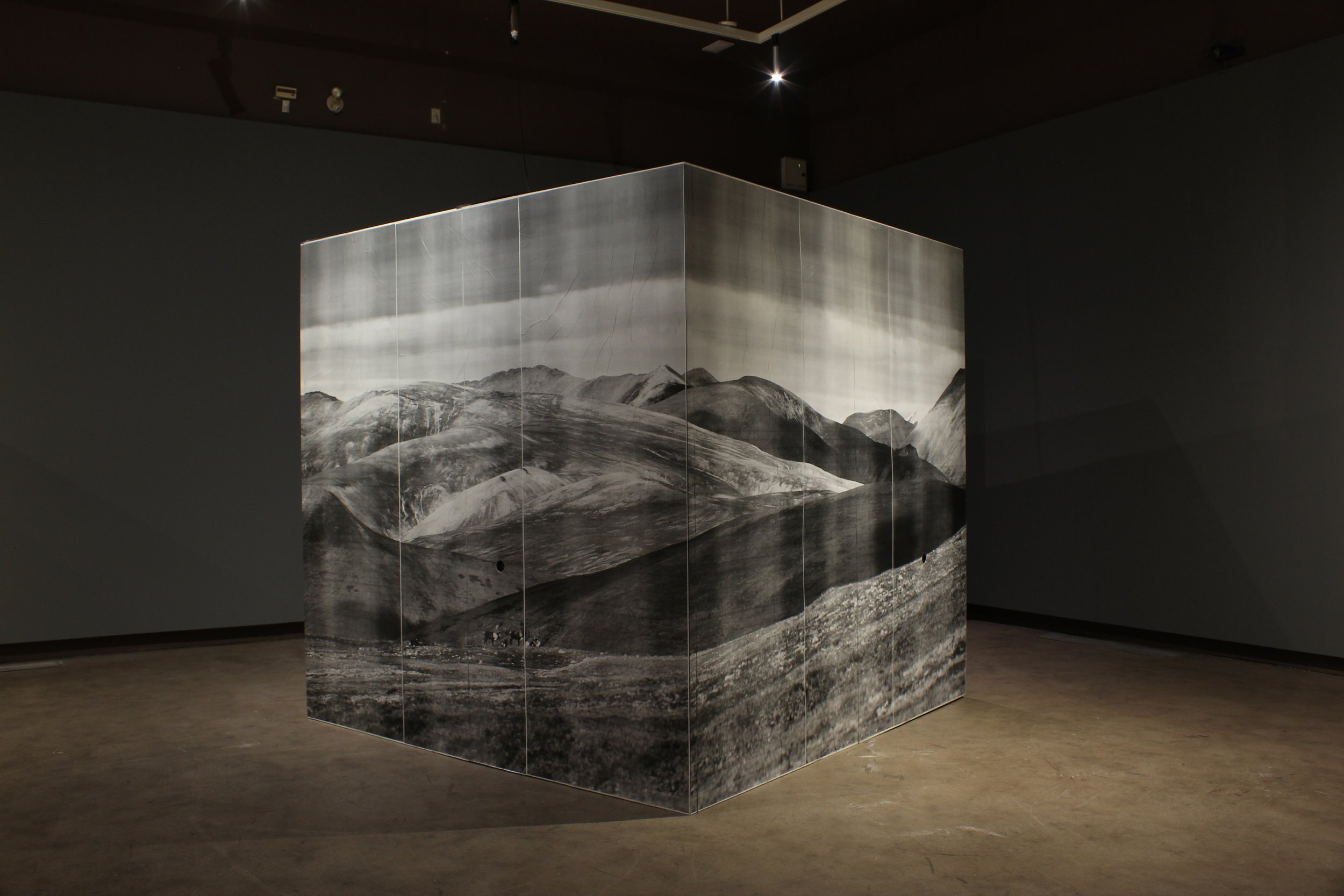
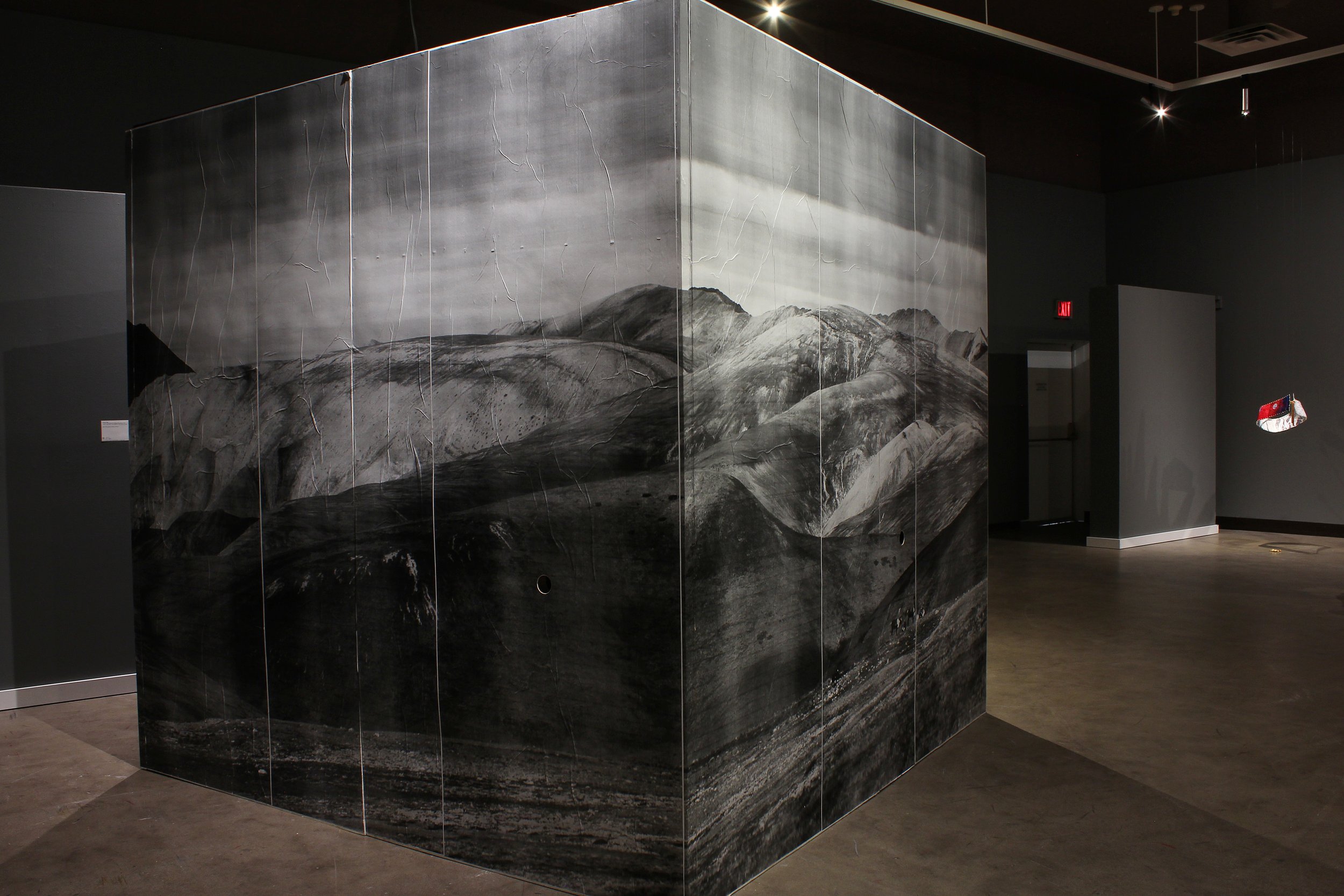
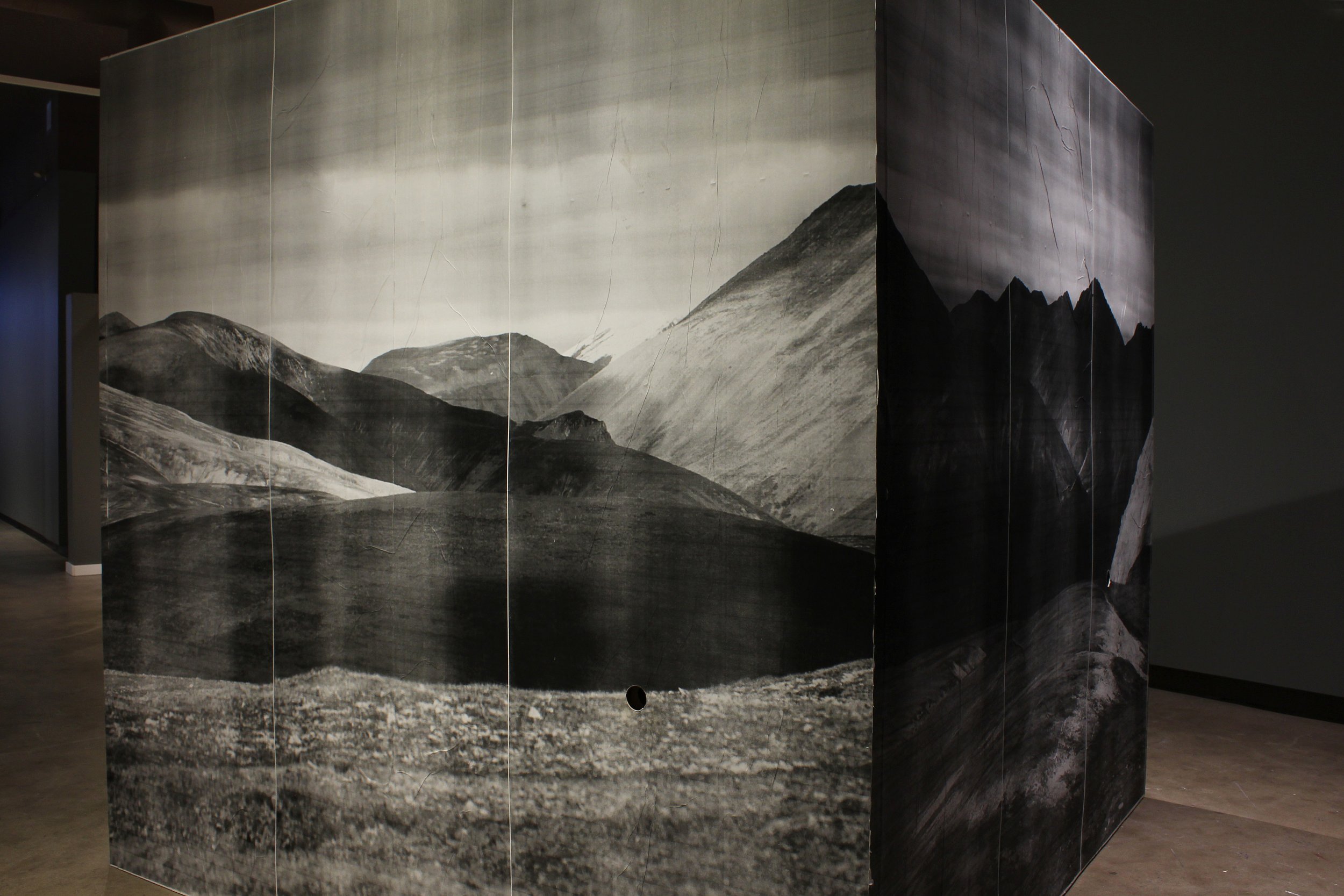
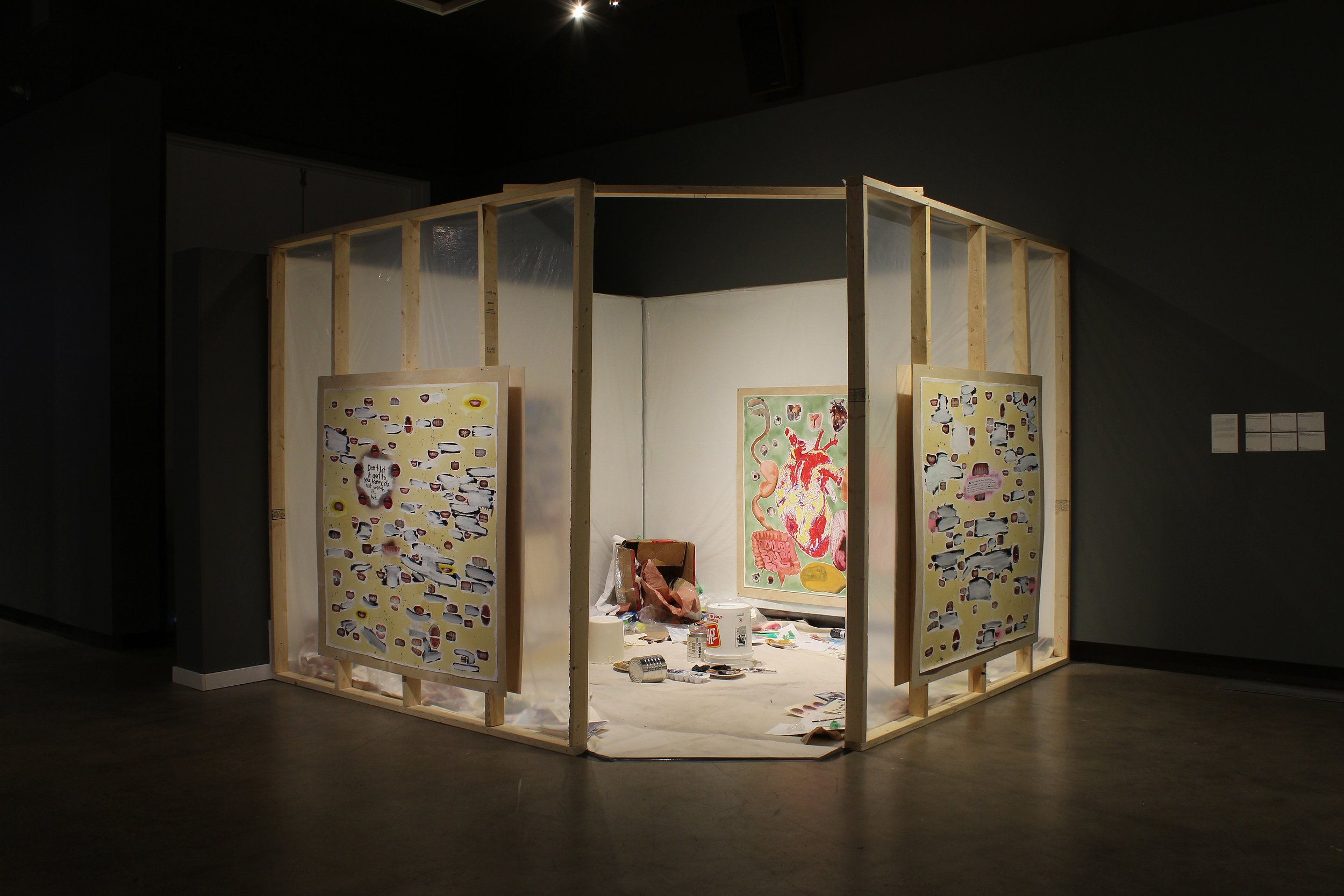
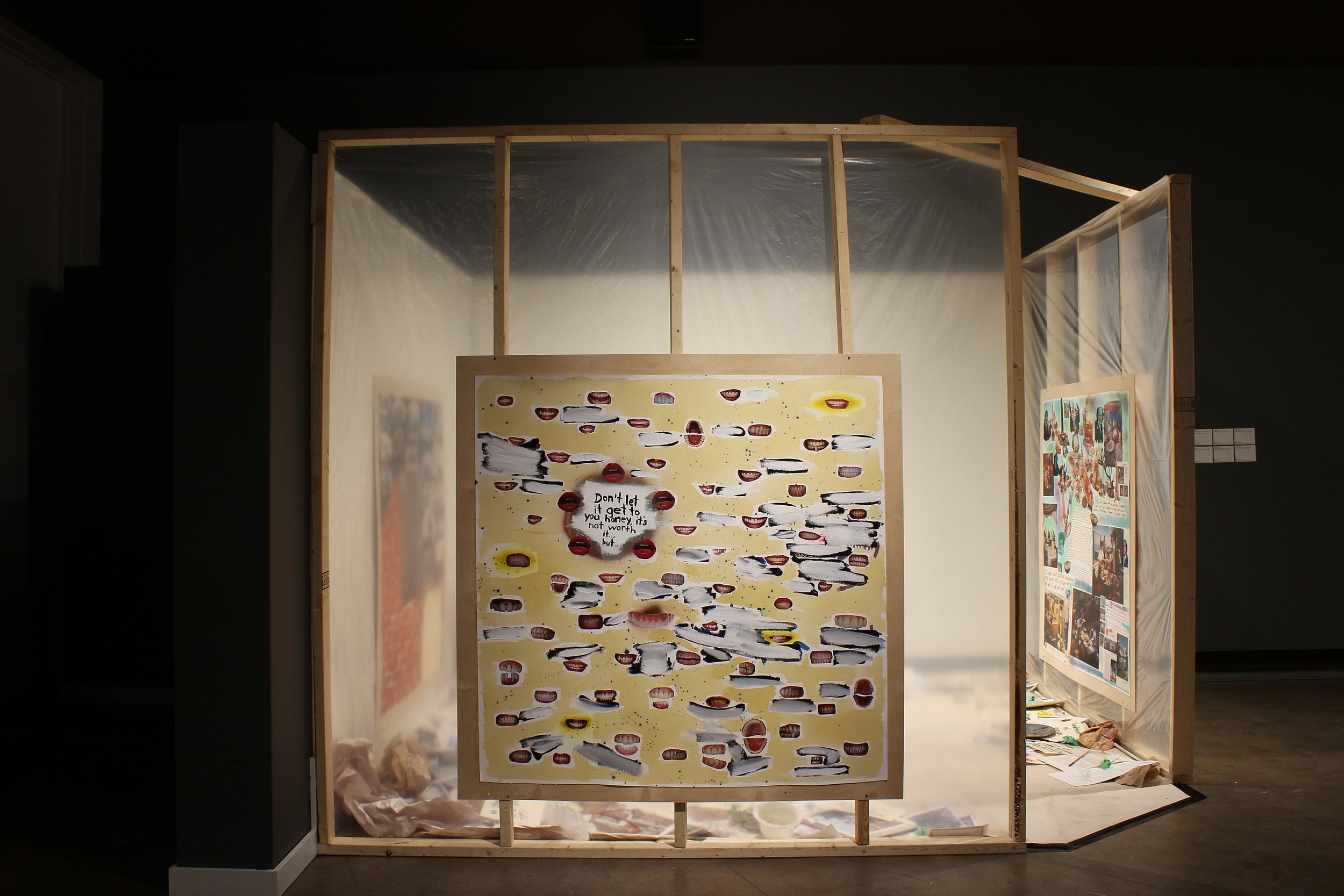
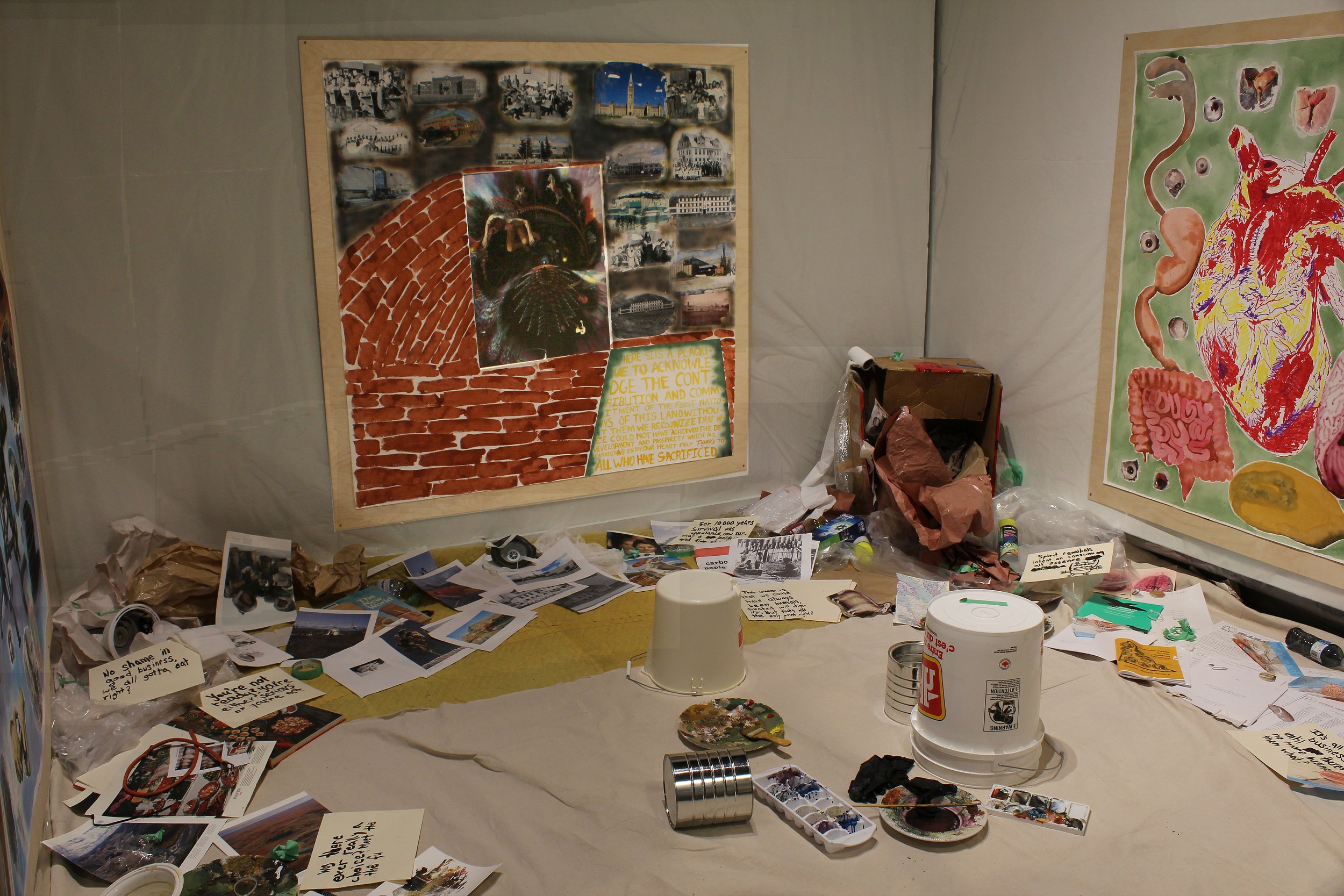
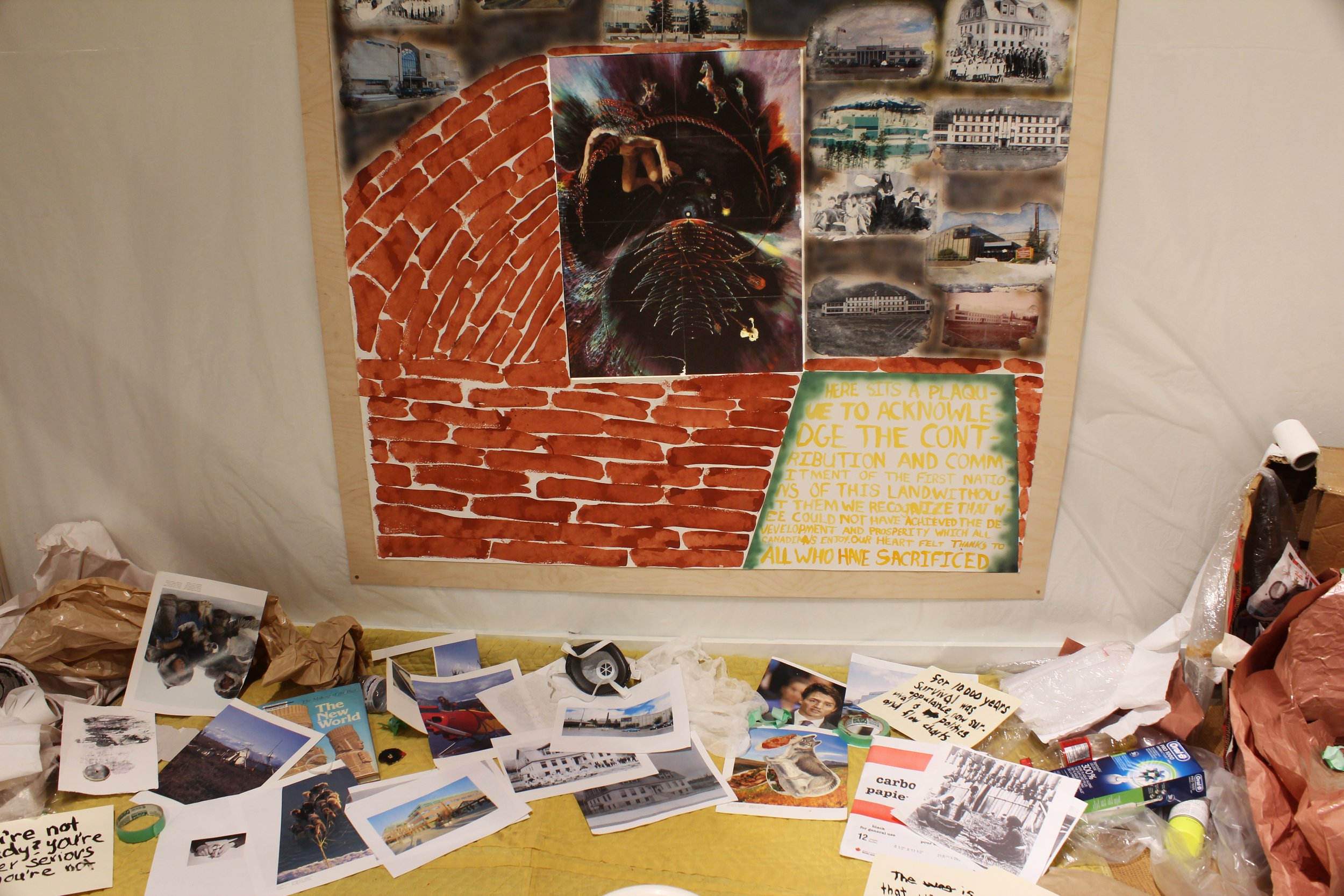
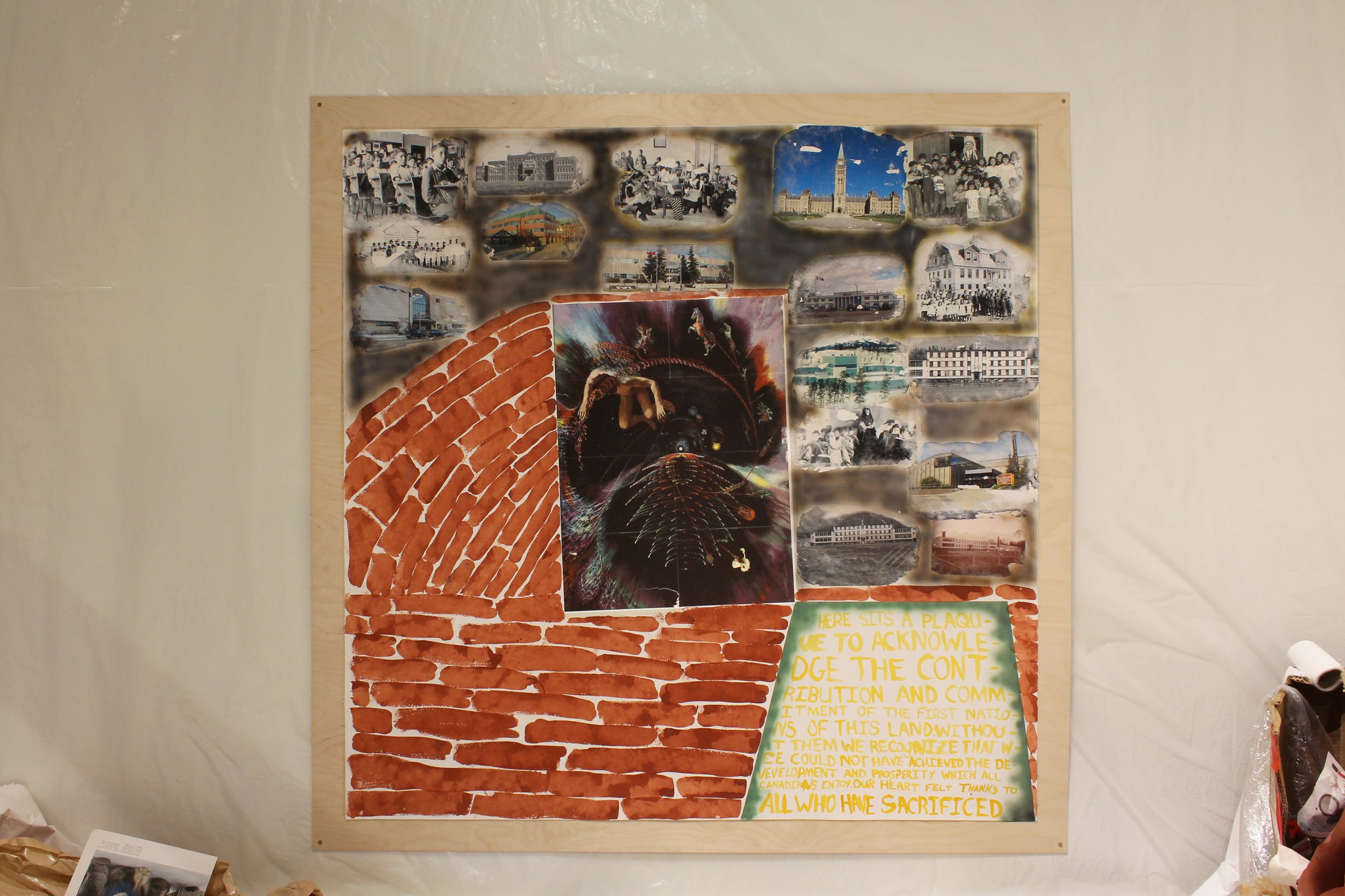
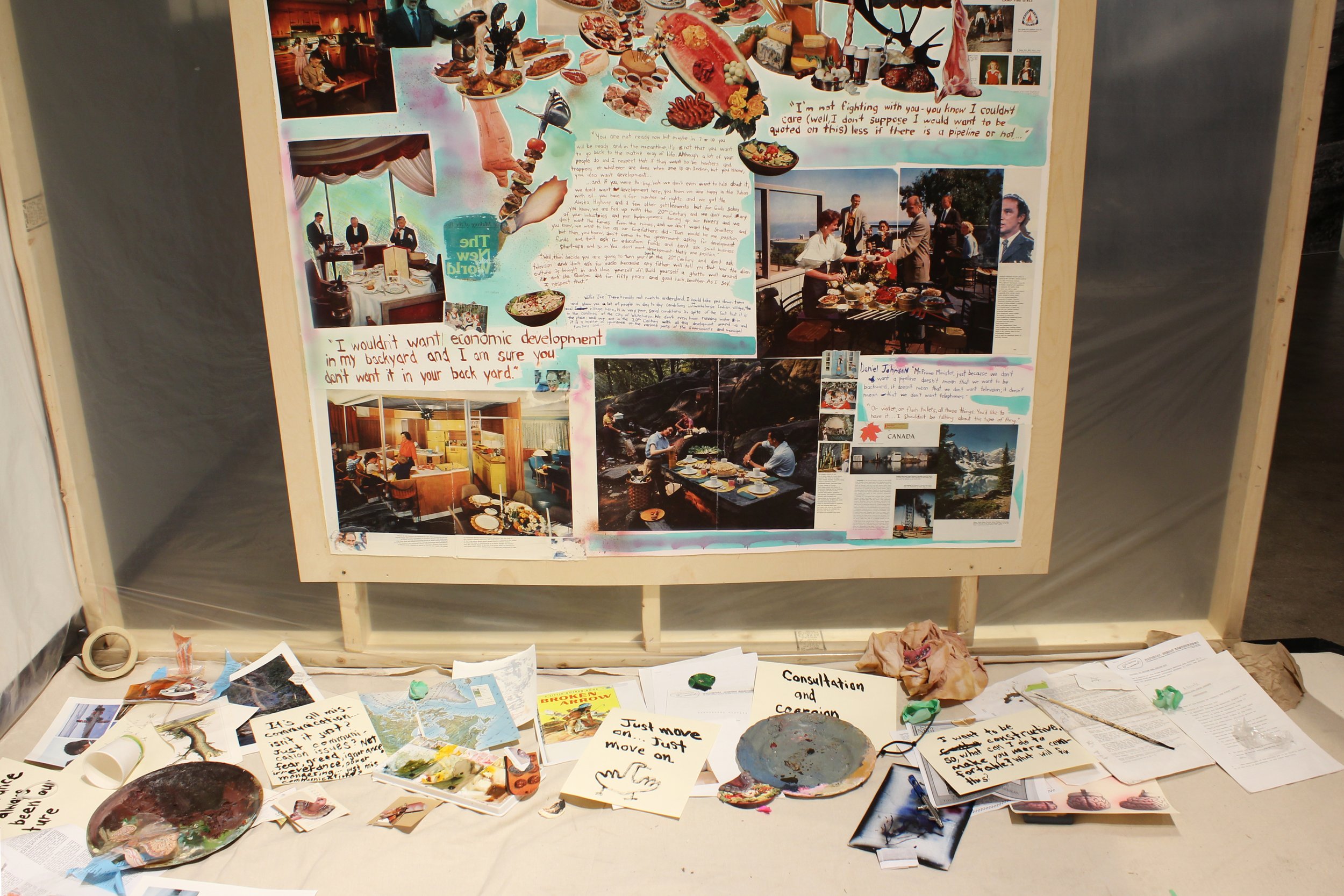
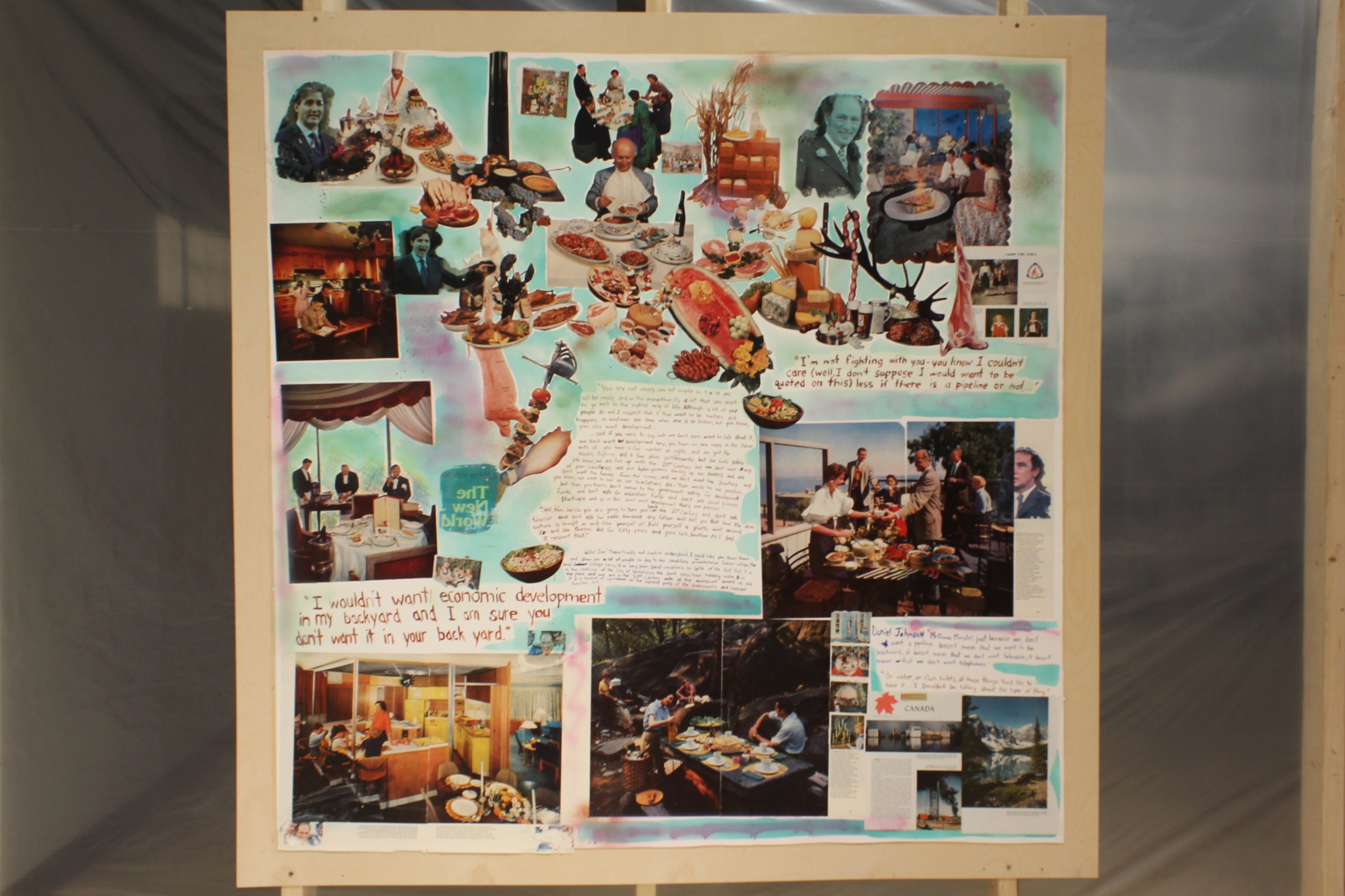
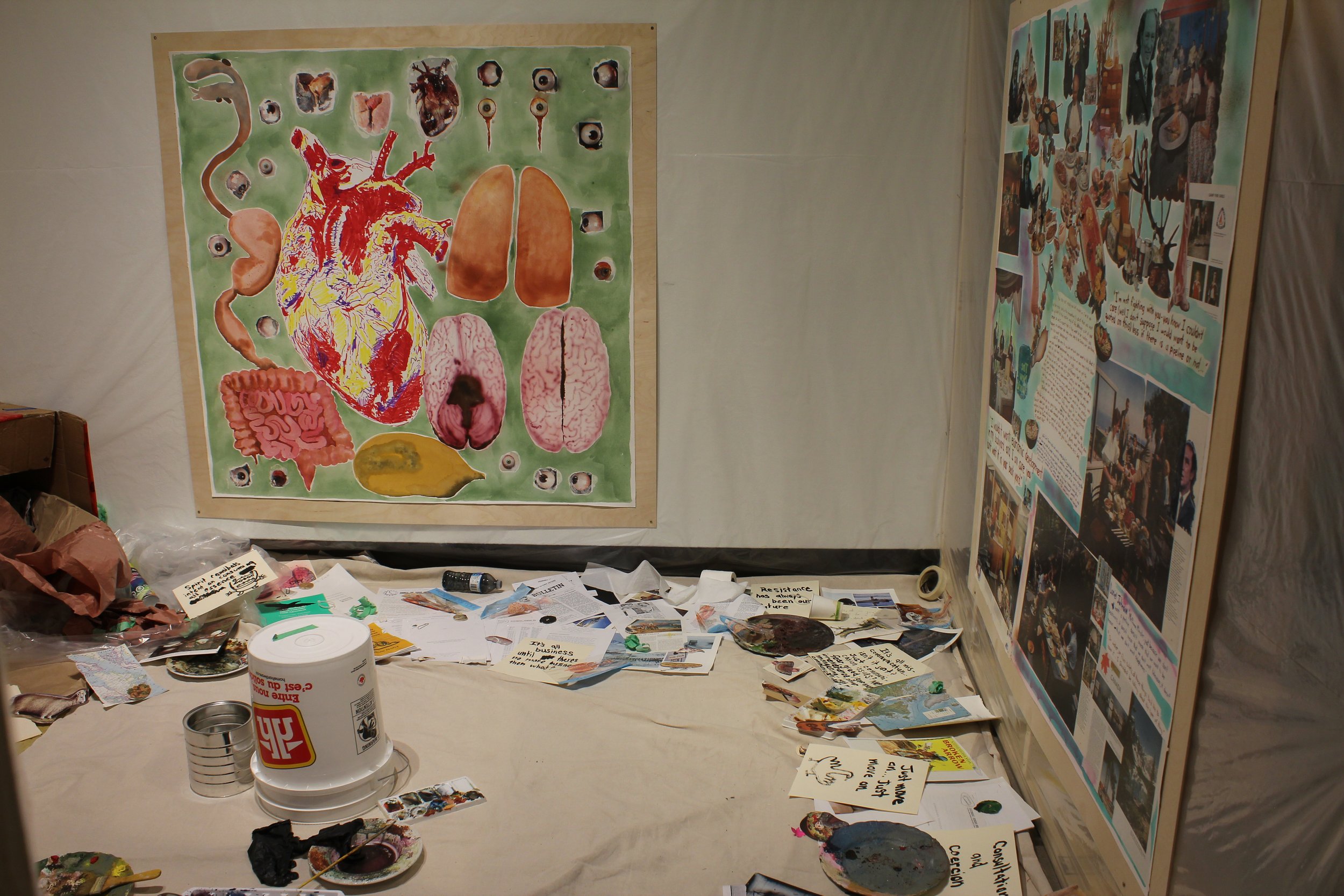

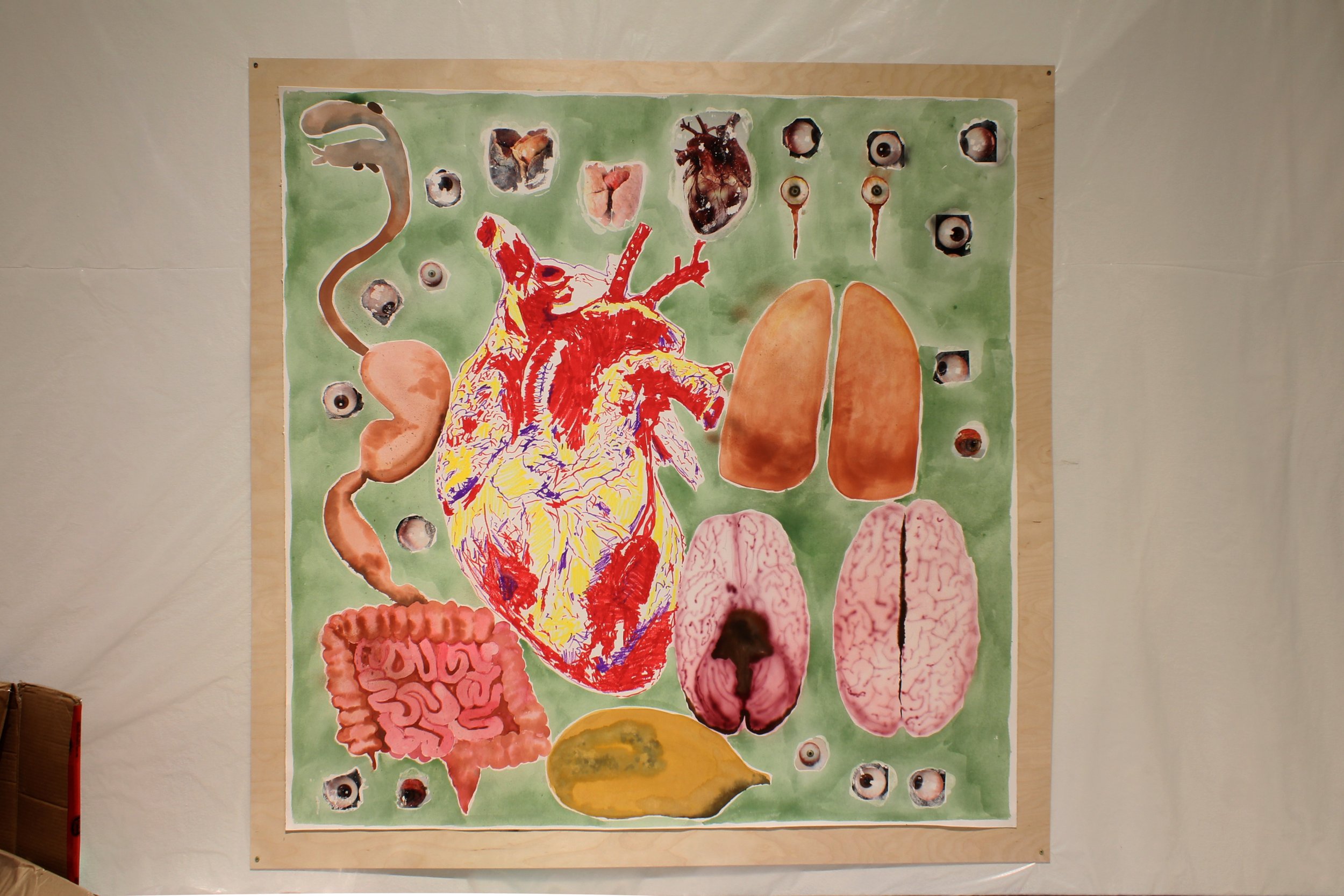
Guest Curators:
Valerie Salez (Left) +
Mary Bradshaw (Right)
Featured Artists:
KEN ANDERSON / LIANNE CHARLIE / VALERIE SALEZ / DOUG SMARCH JR. / JOSEPH TISIGA
To Talk With Others responds to the minutes of a meeting in August of 1977 between Prime Minister Pierre Elliot Trudeau and five Yukon First Nations leaders regarding the then-approved Mackenzie Pipeline. Held in the Tr’ondëk Hwëch’in archives, this document illustrates the ongoing dichotomy of two opposing cultures and ways of understanding economic, social and cultural development with the land and its inhabitants. Through a diverse range of media, Yukon artists Ken Anderson (Tlingit/Scandinavian), Lianne Marie Leda Charlie (Tagé Cho Hudän | Big River People), Valerie Salez (1st Generation Canadian), Doug Smarch Jr. (Tlingit), and Joseph Tisiga (Kaska Dene) activate this archival document and ultimately continue the conversation surrounding self-determination in the face of federal and corporate agendas.
Spanning from late 1800s well into the 1960s, mass in-migration of foreign gold seekers, military, proprietors, labourers and religious sects, altered Indigenous land and culture in Yukon Territory. For the first peoples of these lands, the most impacting events included the Klondike Gold Rush, the construction the Alaska Highway by USA military, and church-run, federal government approved residential schools. Many Yukon First Nations refer to this period of time as "The Dark Age.”
Within this span of time Yukon First Nations had lost many of their people, languages, traditional lands and cultural practices, plagued with traumas affecting the mind, body and spirit. Recovery seemed impossible and one more intrusion could prove detrimental. In the late 60s a network of pipelines was federally approved to snake throughout the territory. Formalized First Nations consultation did not exist at the time. Pipelines were going to be built, and again, almost overnight, the Yukon’s population more then doubled.
The threat of this major resource development did, ironically, force a long, heavy fog to lift for Yukon First Nations. Change-makers and revolutionary thinkers throughout the Nations began to talk. A common understanding surfaced. The pipeline project(s) needed to be stopped and a plan towards a self-determined future was a must.
A monumental task does not begin to describe what lay ahead. Historically, Indigenous groups all over the globe have attempted to be heard, to mobilize, and yet have remained marginalized, facing great discrimination.
How, still dealing with the trauma of years of oppression and abuse, were Yukon First Nations going to commit to mobilize and be heard by the very institutions who were the oppressors? How were these fourteen culturally and geographically distinct Nations going to speak to each other?
In 2018, Tr'ondëk Hwëch'in Elder Percy Henry described this pivotal moment:
"Fire was dim. Almost out. We throw a stone in and little spark happen. And that's how we got the fire going again."
Step by step. Spark by Spark. Conversation by Conversation. Talking became the key towards a self-determined future.
TALKING Nation to Nation.
TALKING grassroots leaders to federal politicians.
TALKING hunter to lawyer.
TALKING elders to youth.
TALKING community members to bureaucrats.
TALKING to others.
Through speech, opposing worlds / ideas / systems of governance and protocols, collided, misunderstood, patronized, repeated, repeated, and repeated again, their sides of the story. Their sides of the agenda. Walls were broken down, footholds were created and agreements were made.
One such meeting, held in August of 1977 between Prime Minister Pierre Elliot Trudeau and five Yukon First Nations leaders regarding the then-approved Mackenzie Pipeline, is contained in a document archived in the Tr’ondëk Hwëch’in Government collections. These minutes of the meeting allows us to be a fly on the wall within a tension filled boardroom. Captured word for word these minutes vividly illustrate the dichotomy of two opposing ways of understanding economic, social and cultural development of a land and its inhabitants. A conversation that simply starts out about the pipeline ultimately became a conversation about First Nations way of life and a declaration for autonomous self-determination.
Valerie Salez + Mary Bradshaw, Curators
